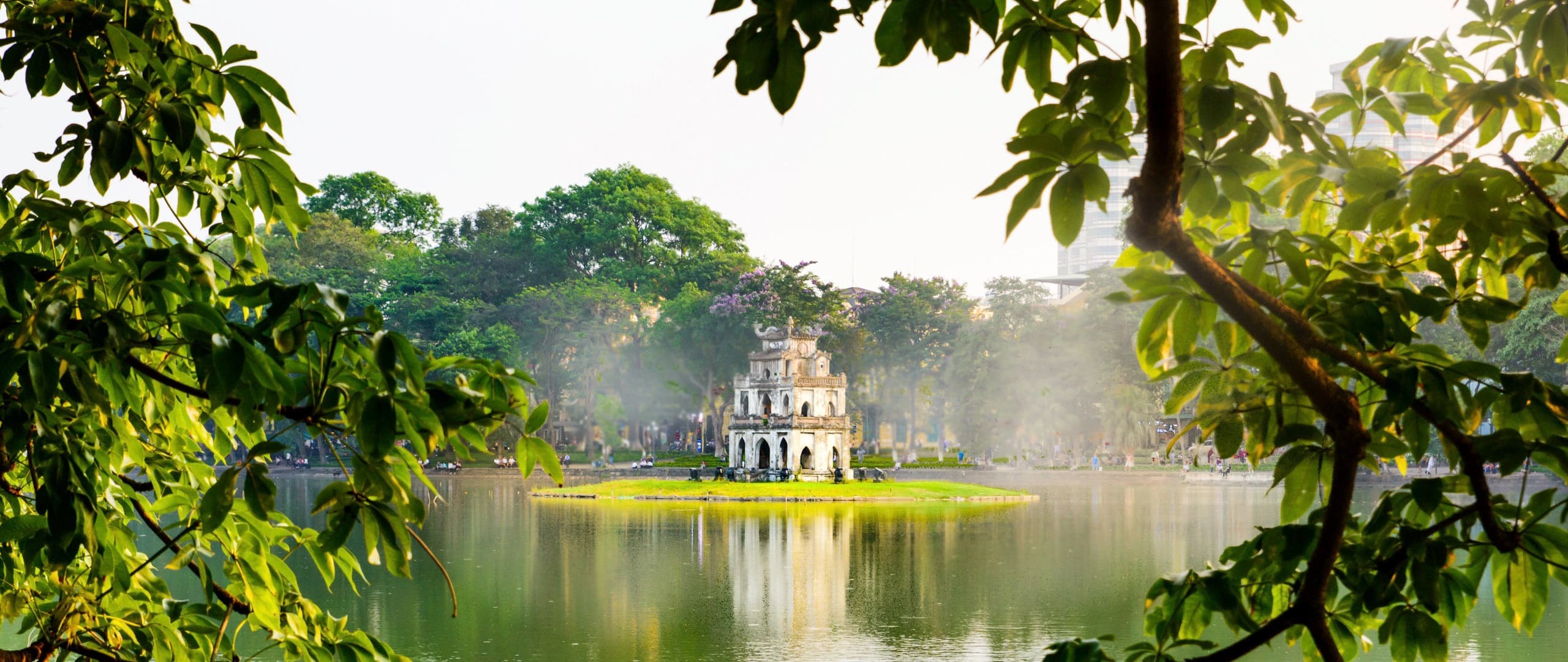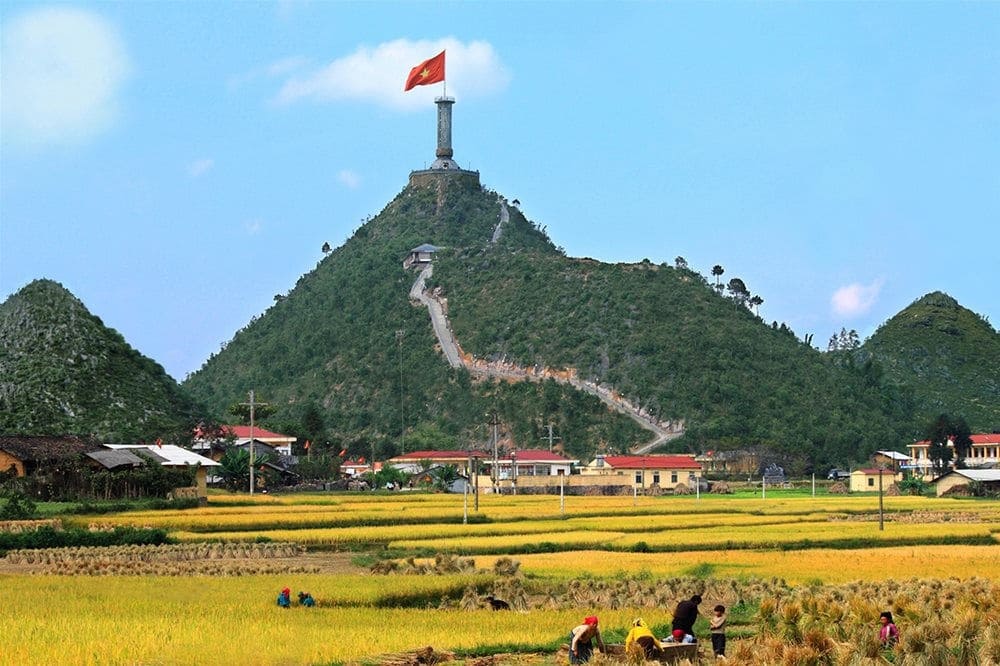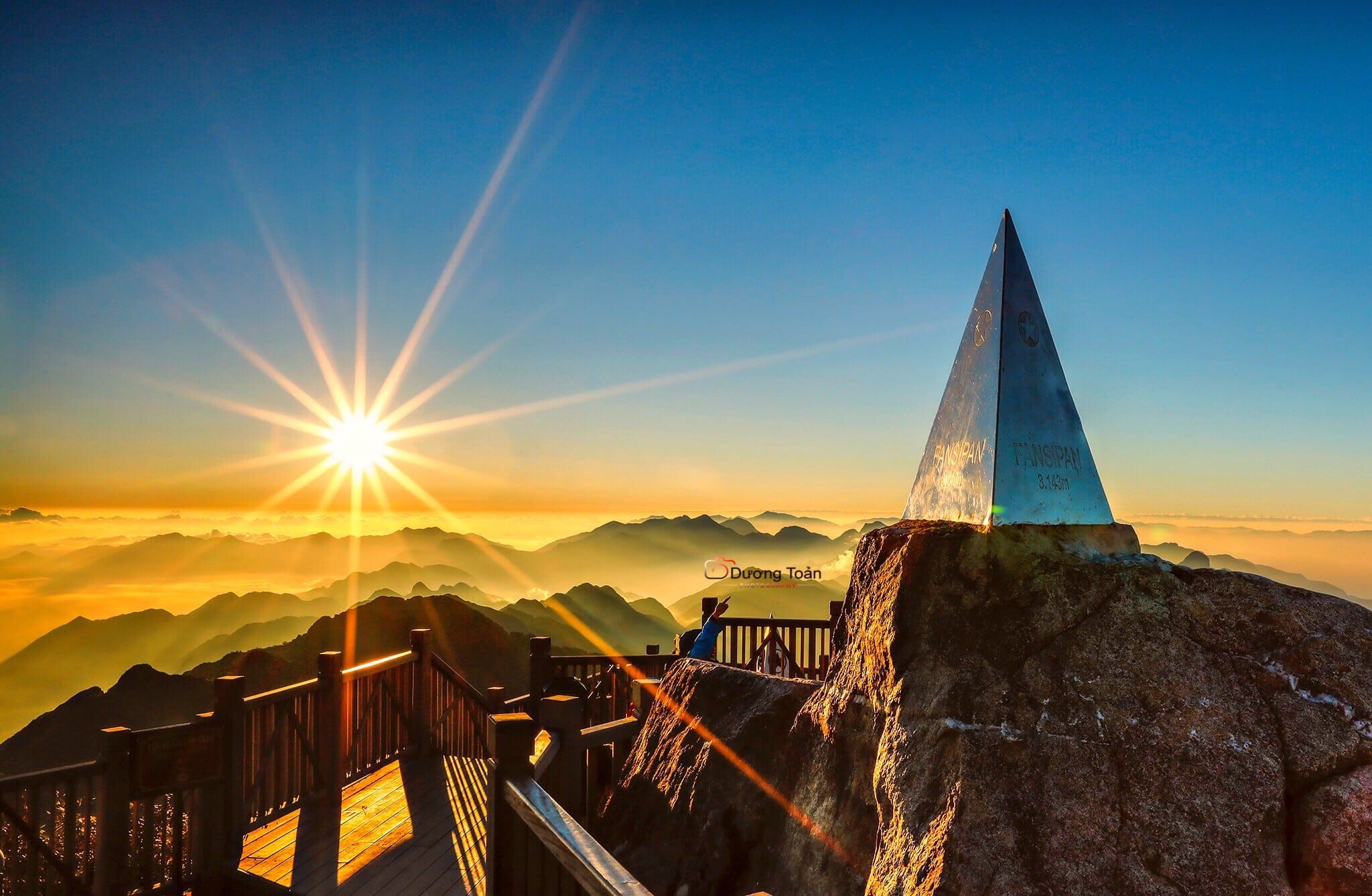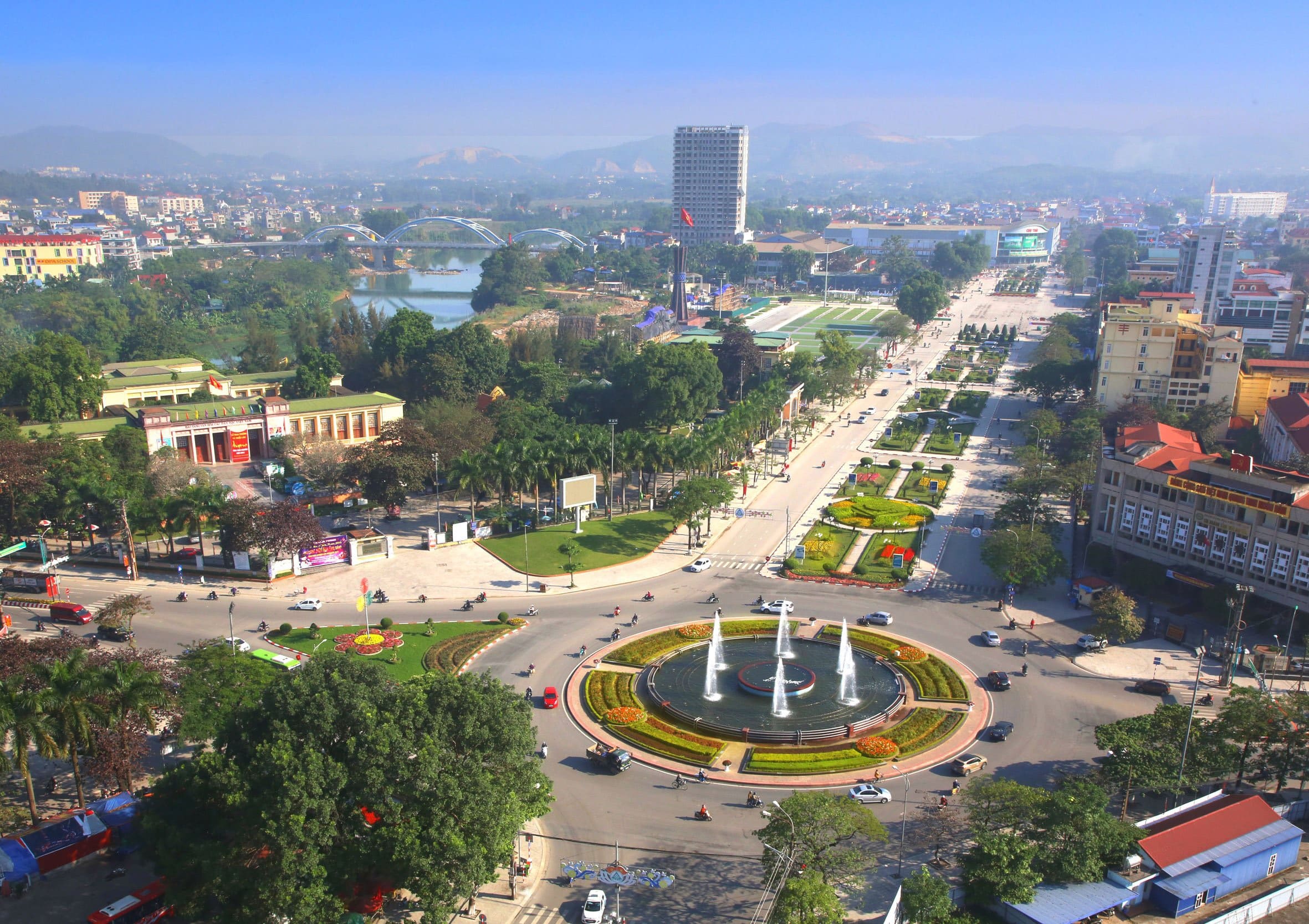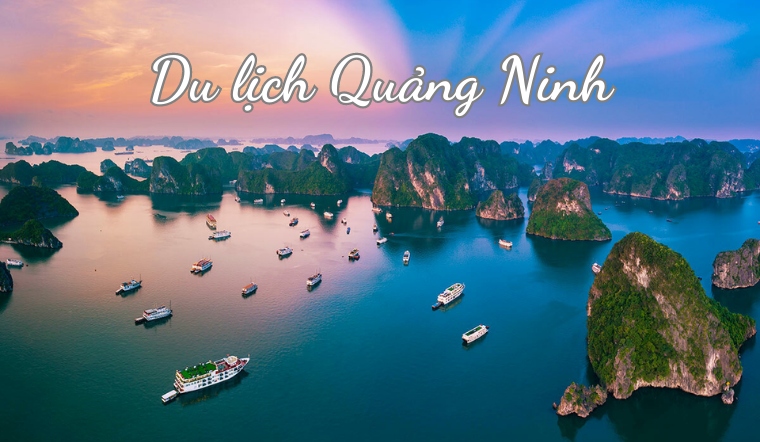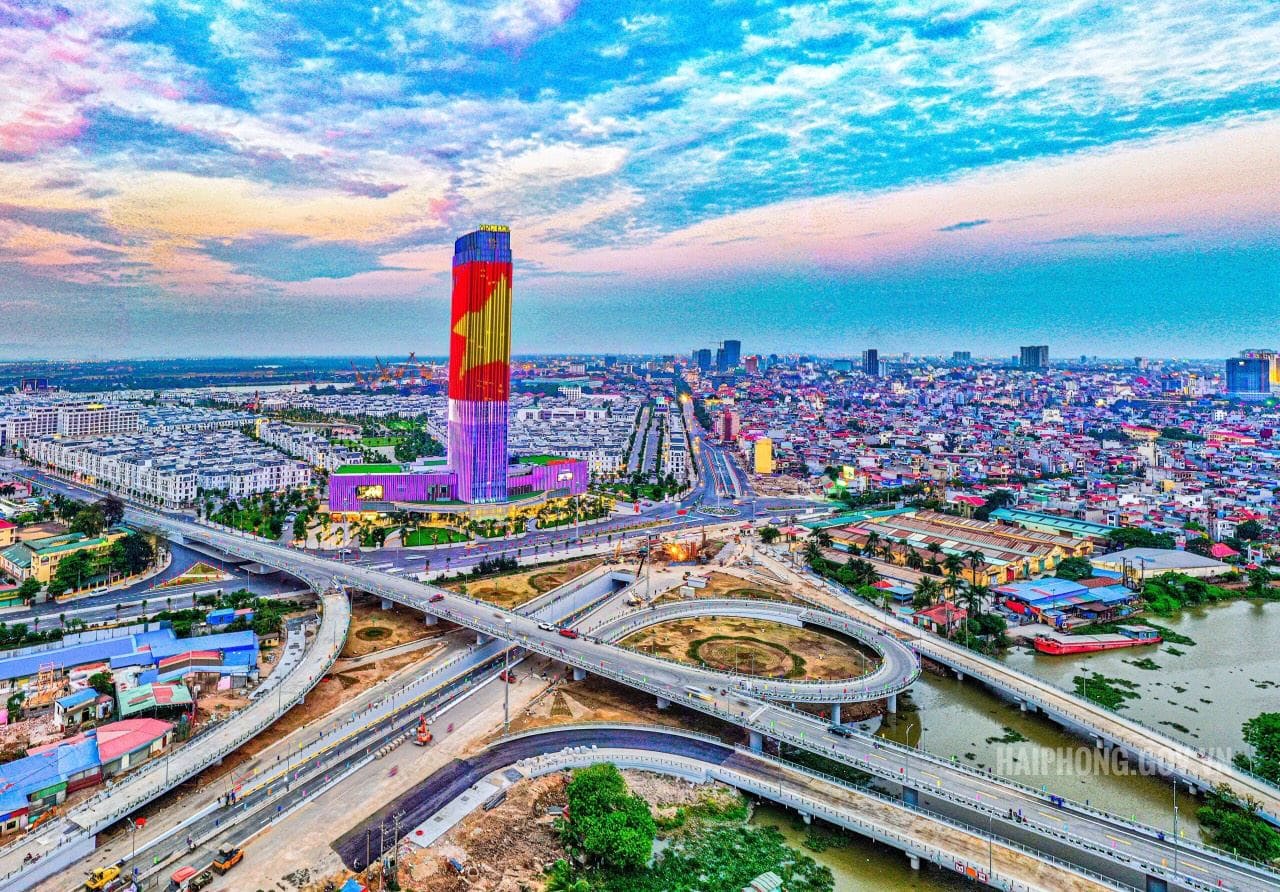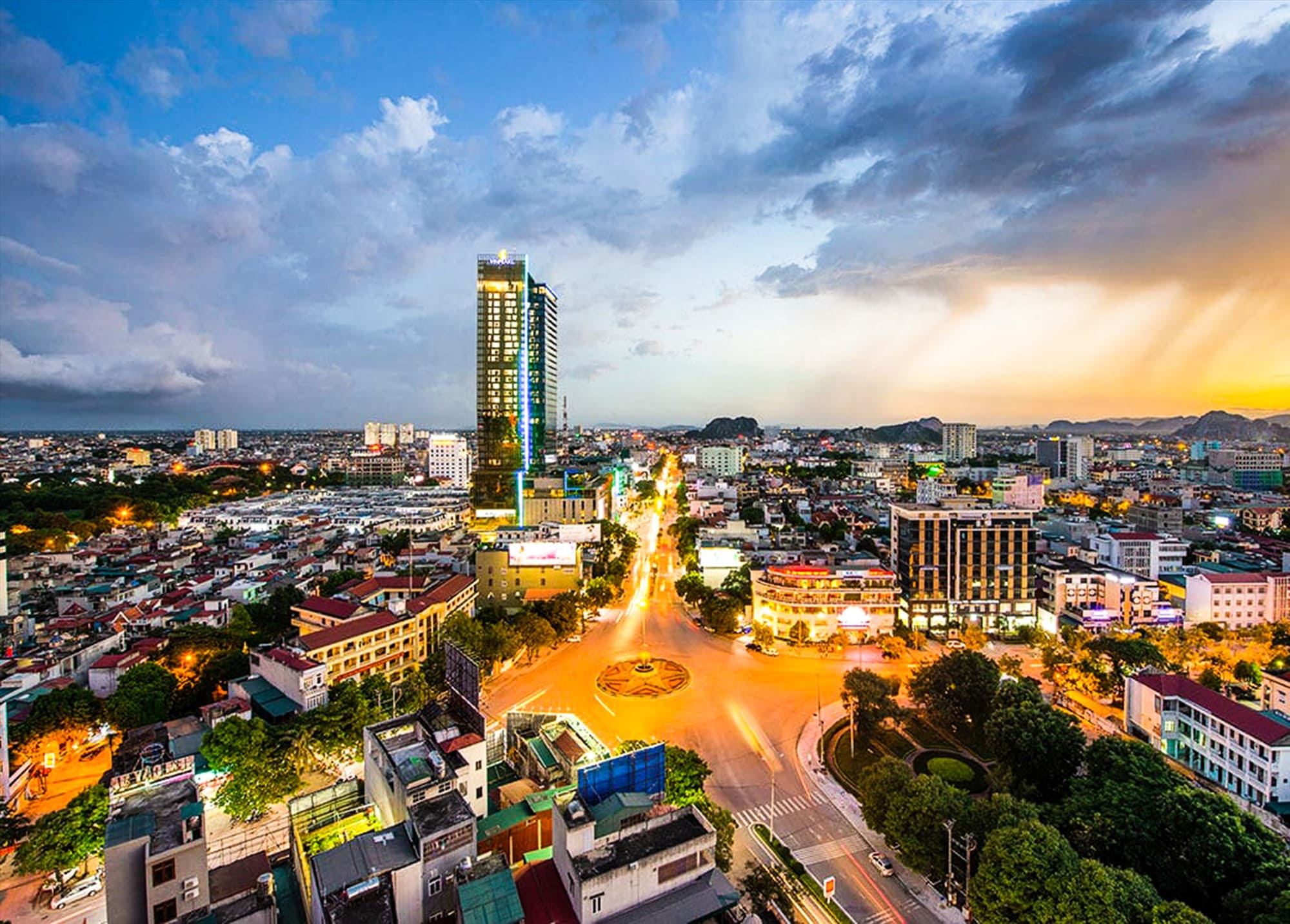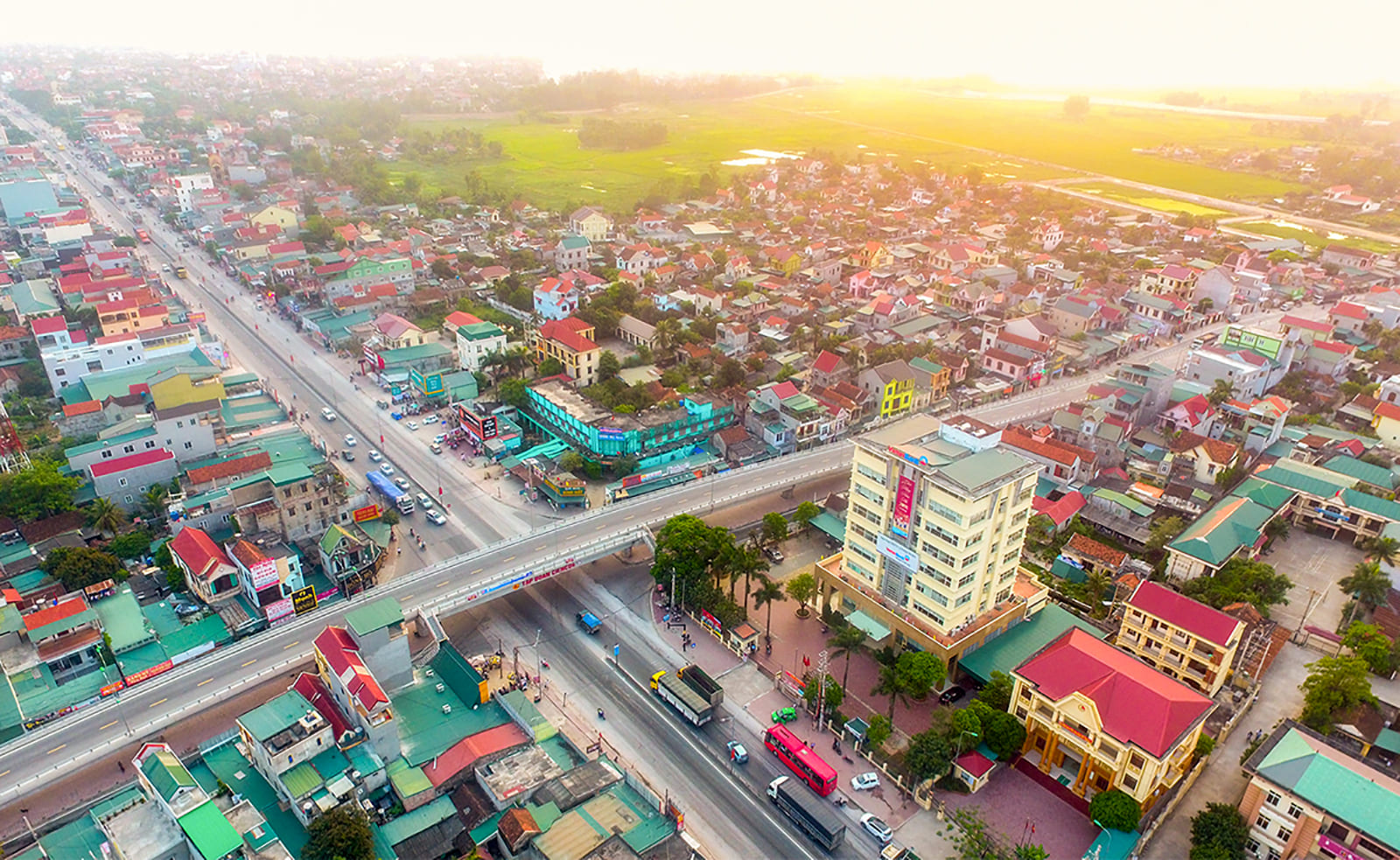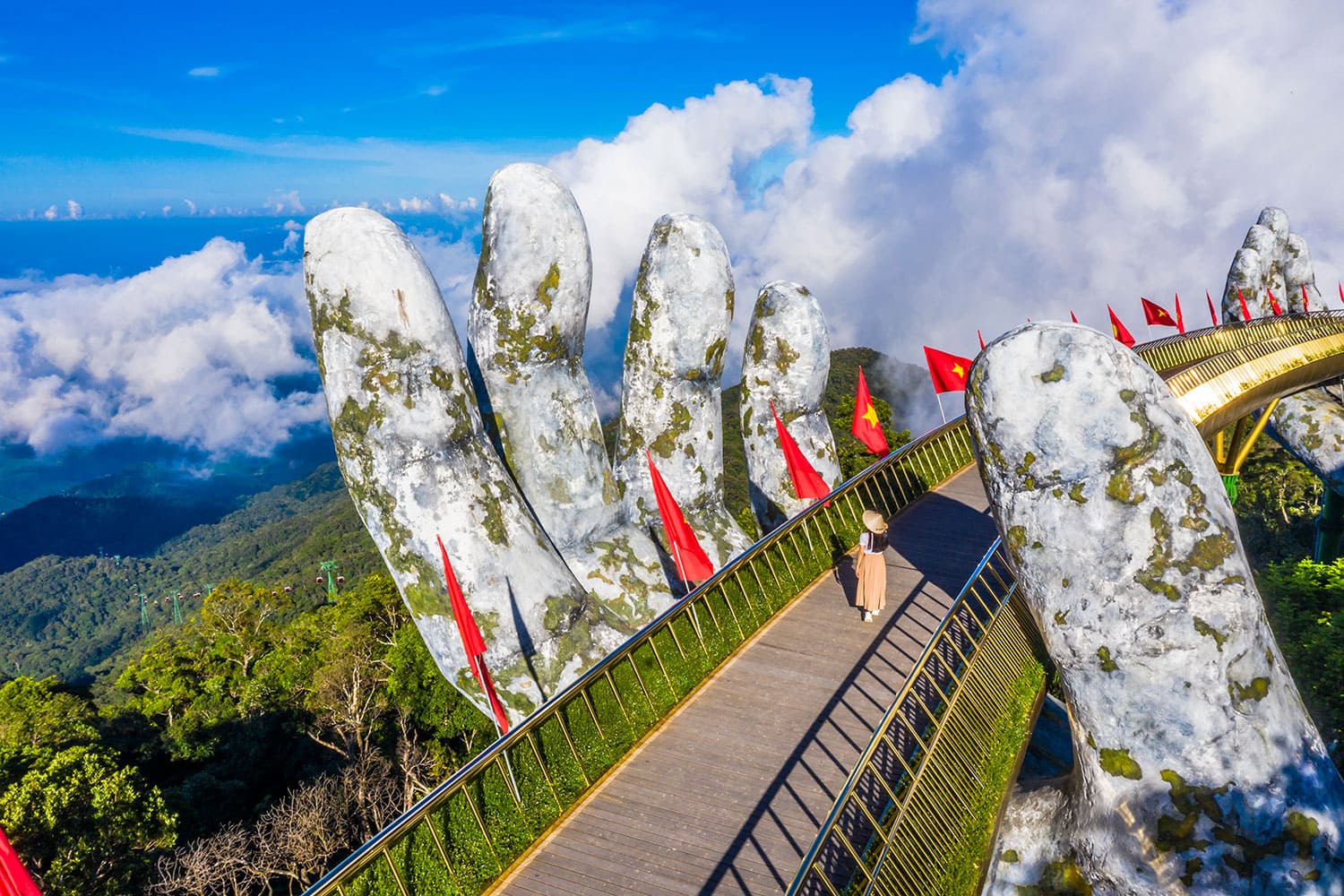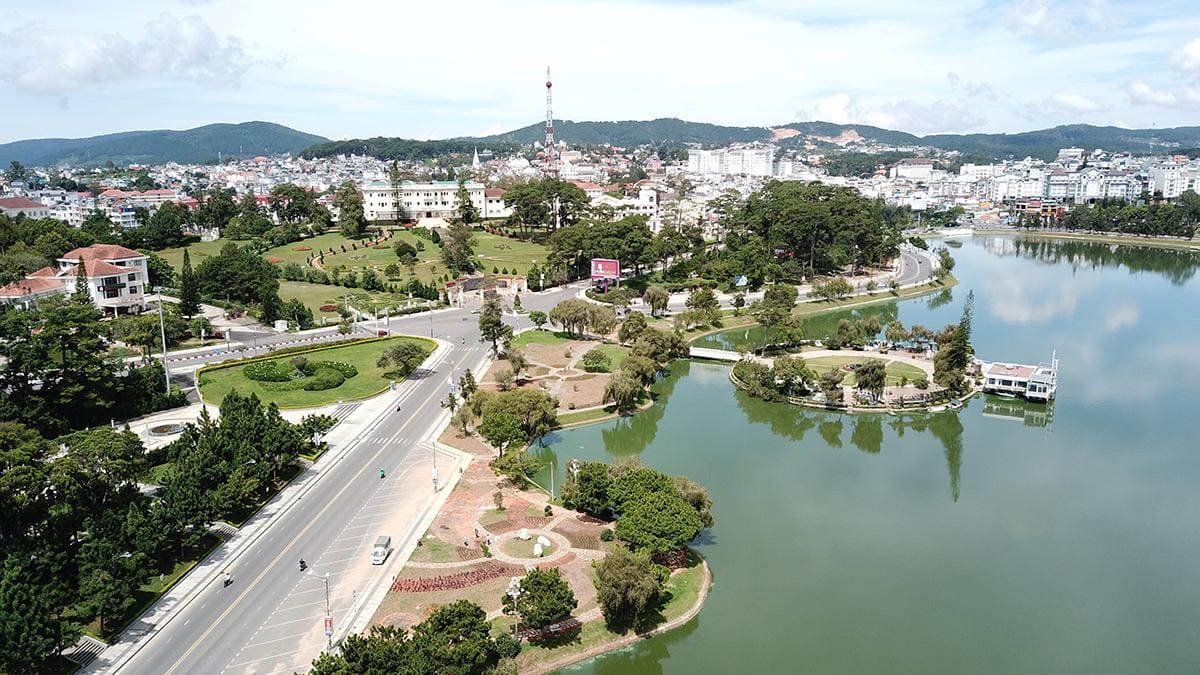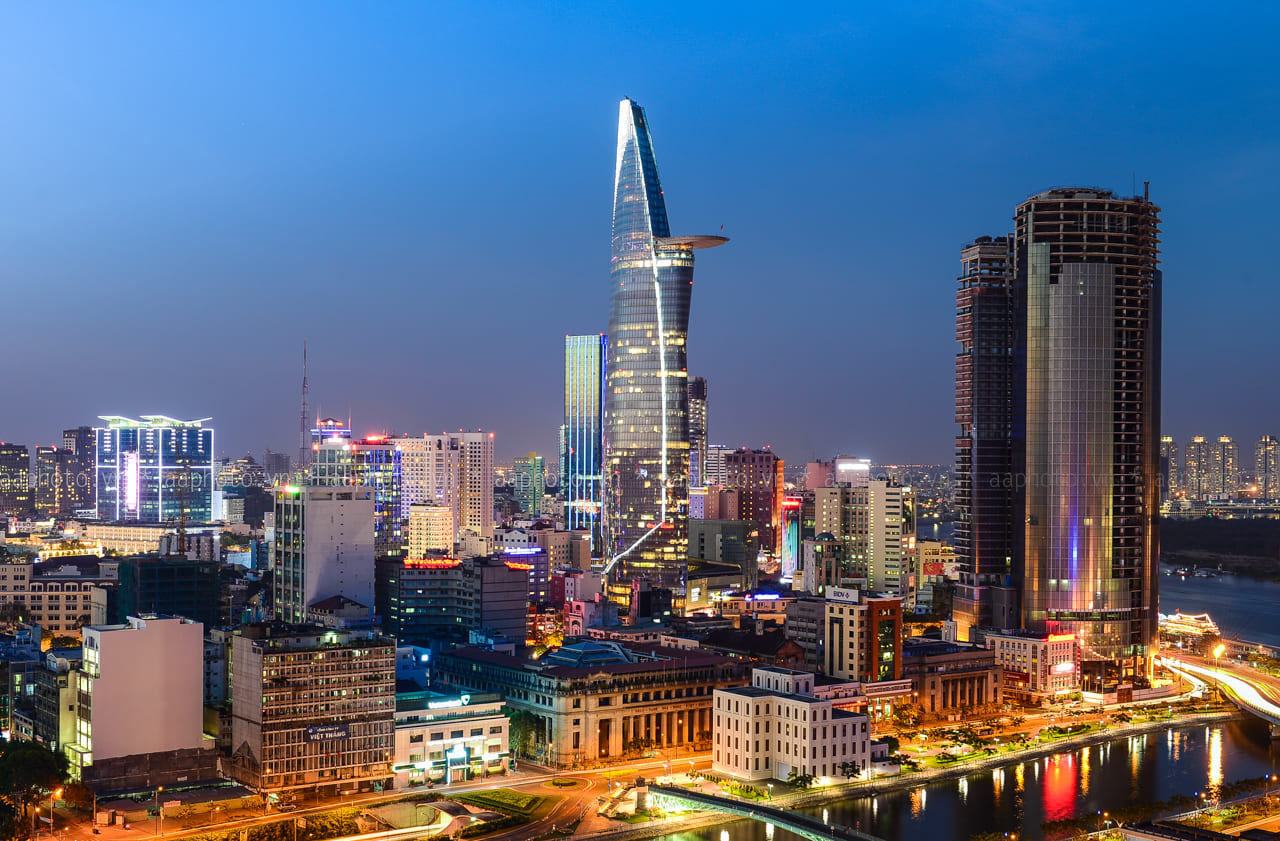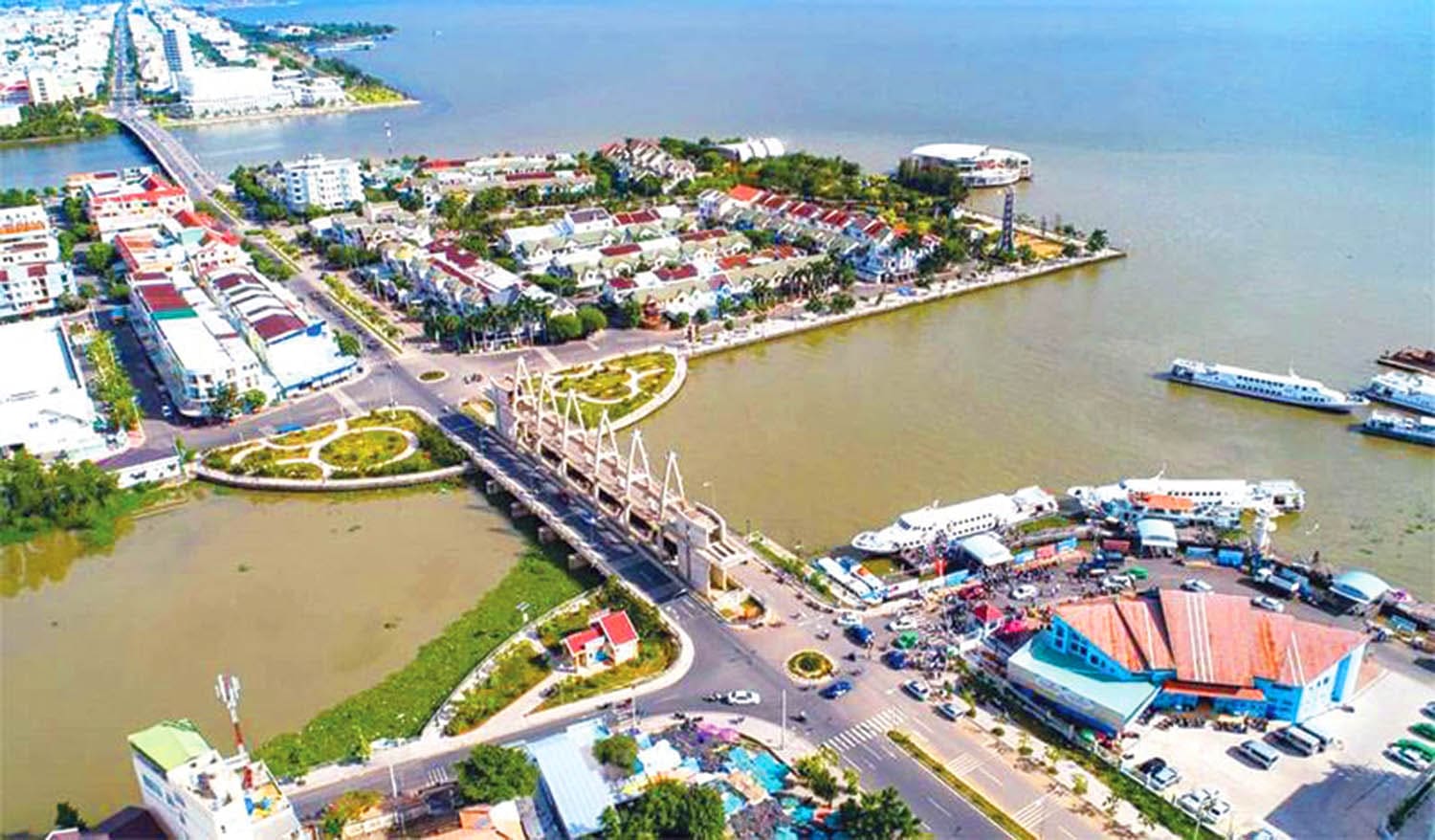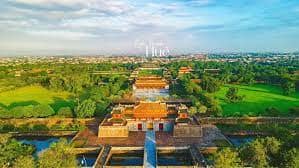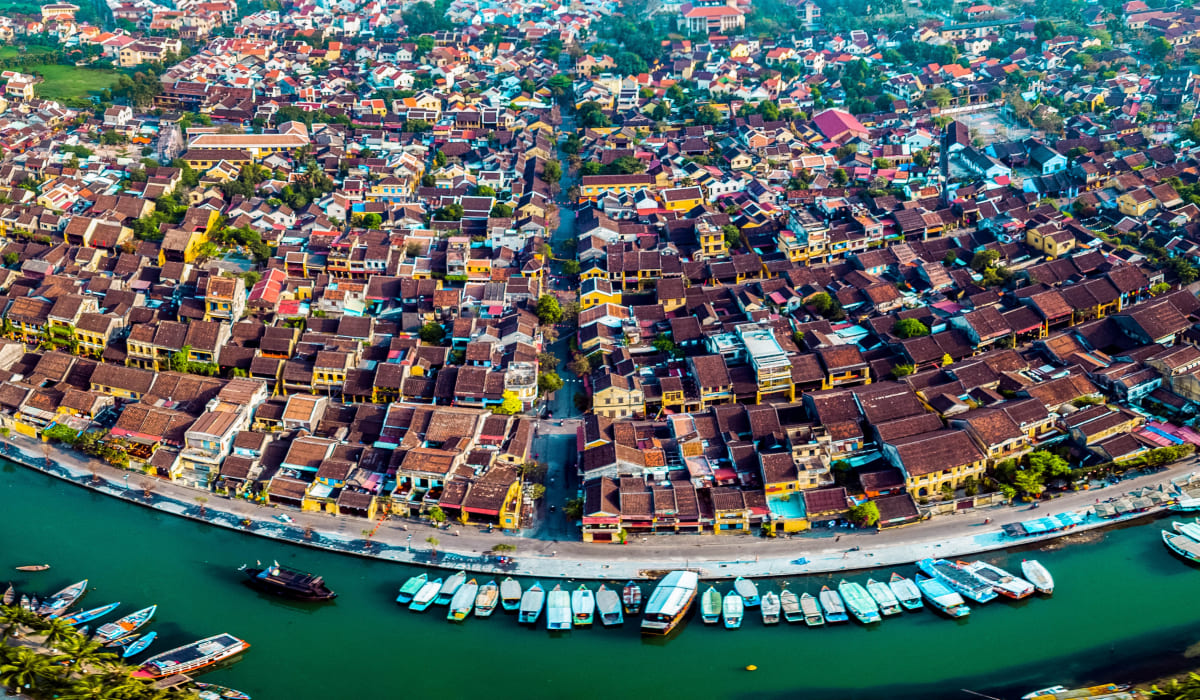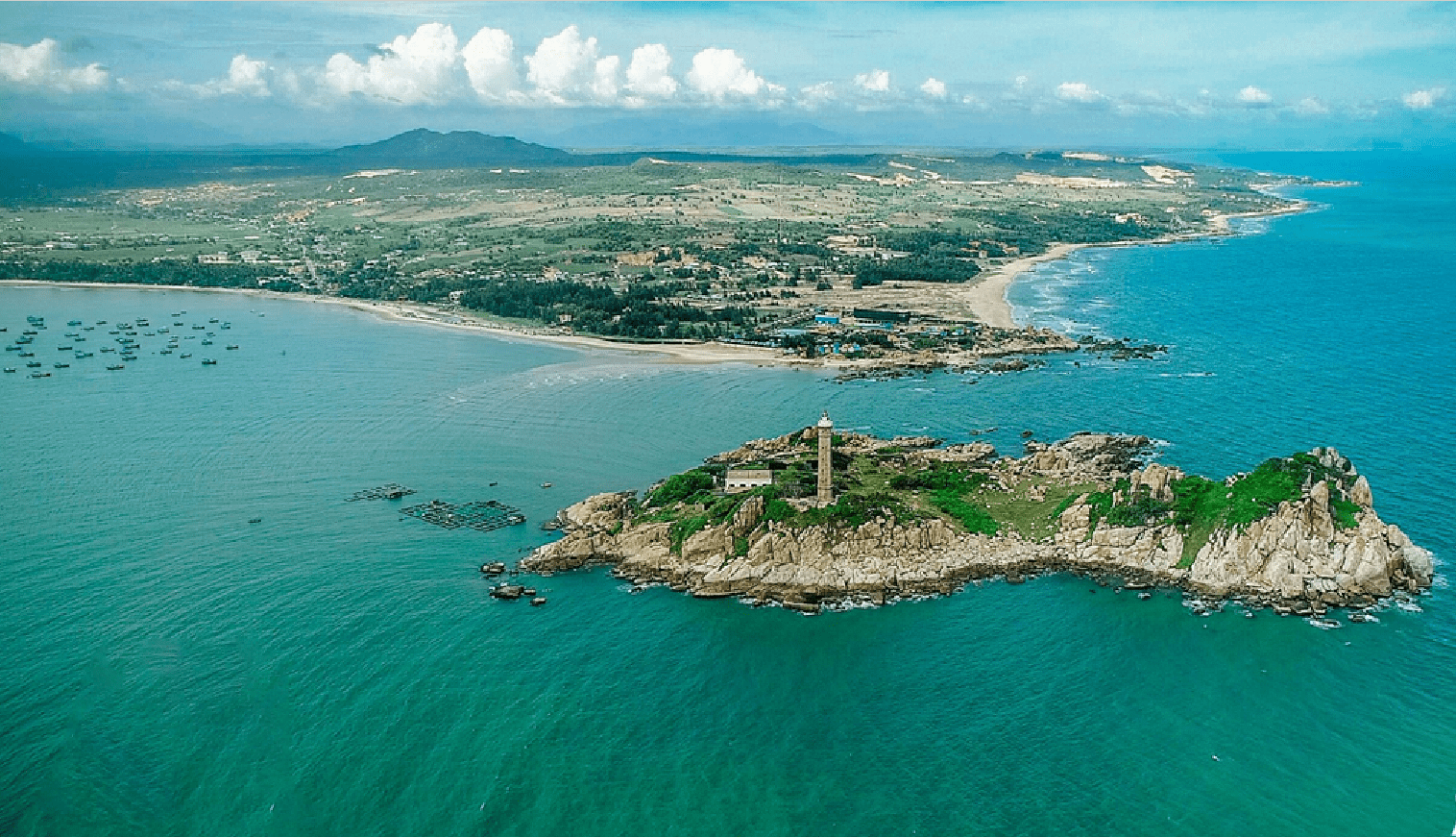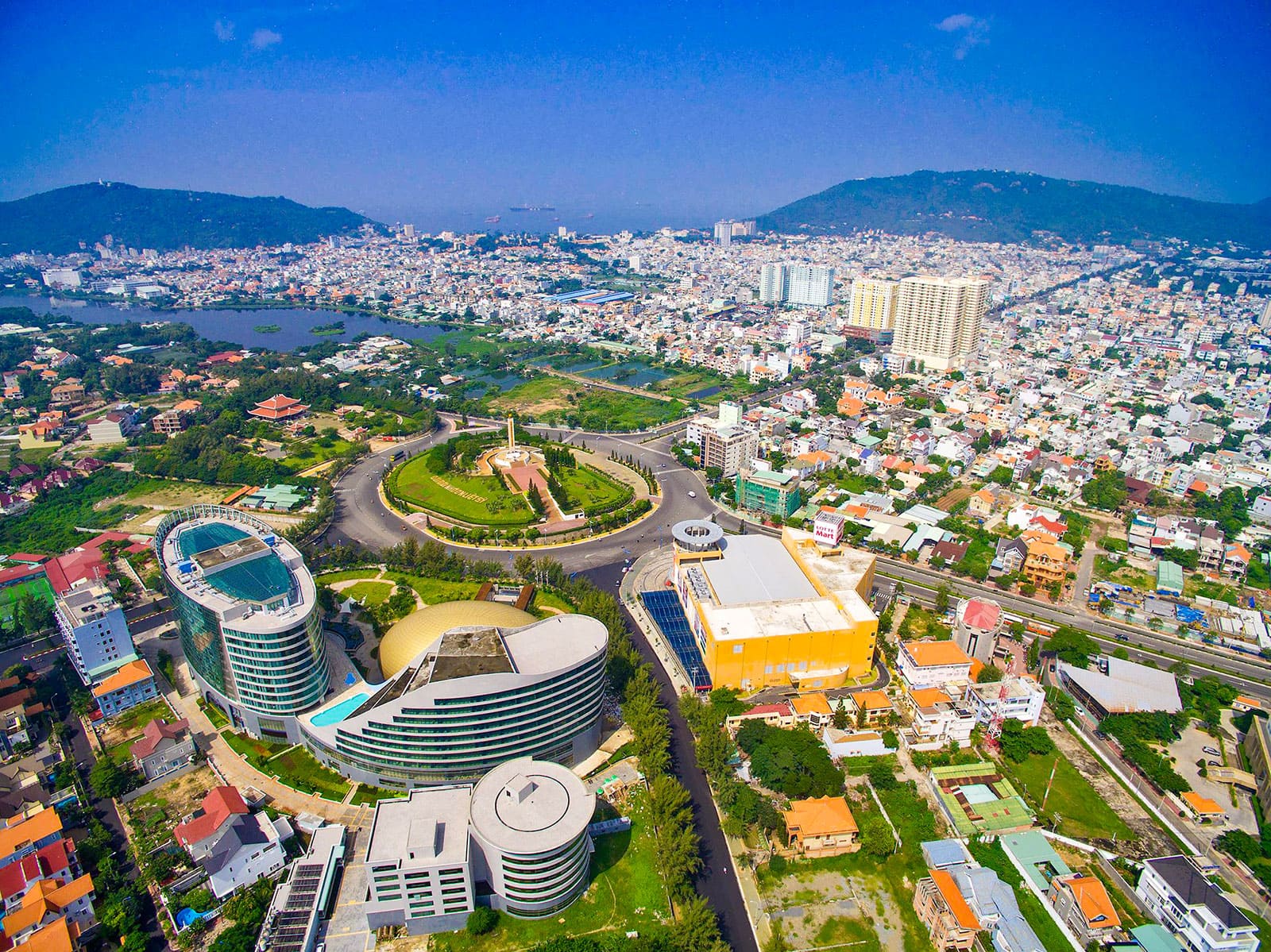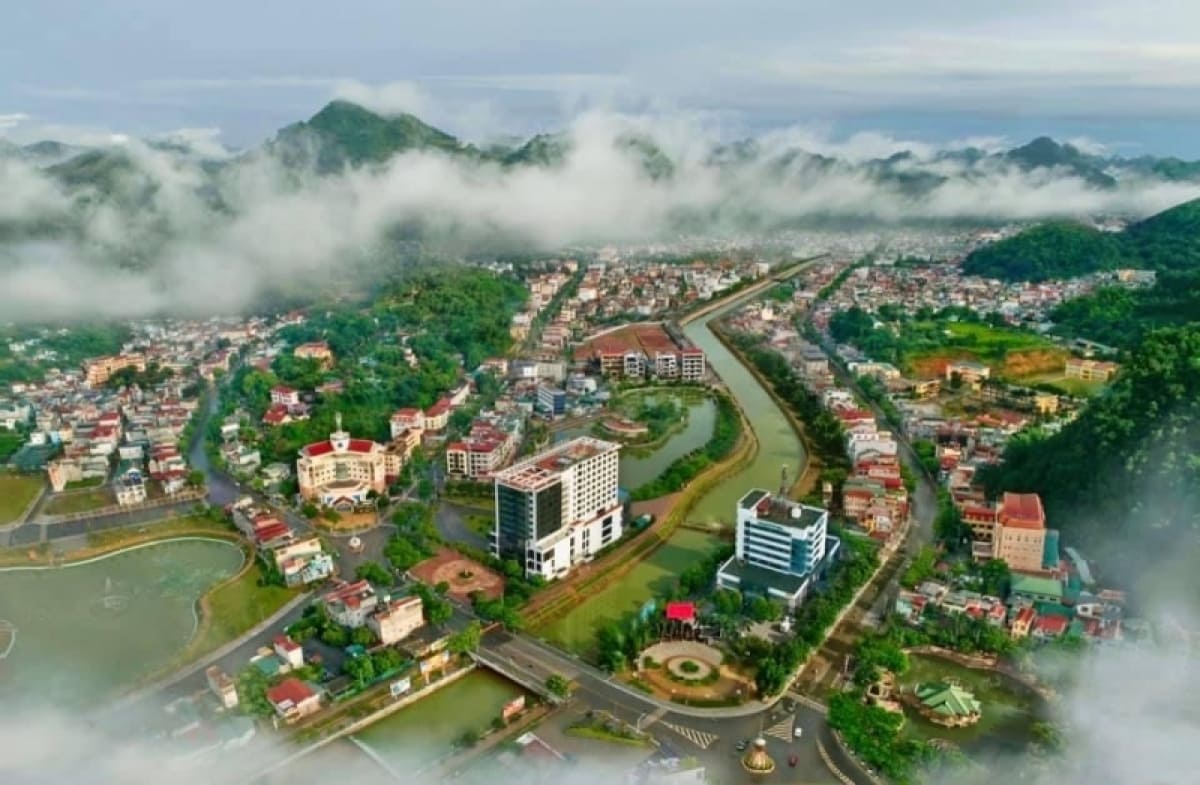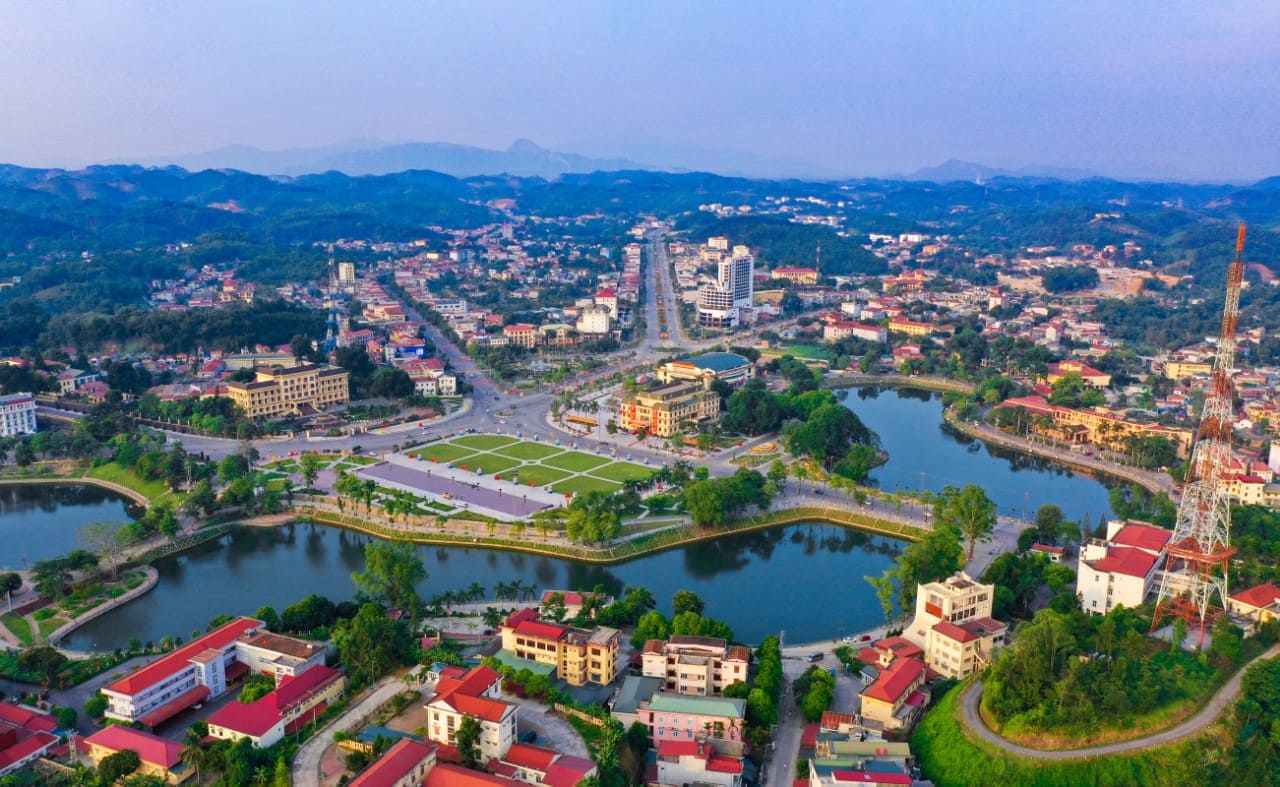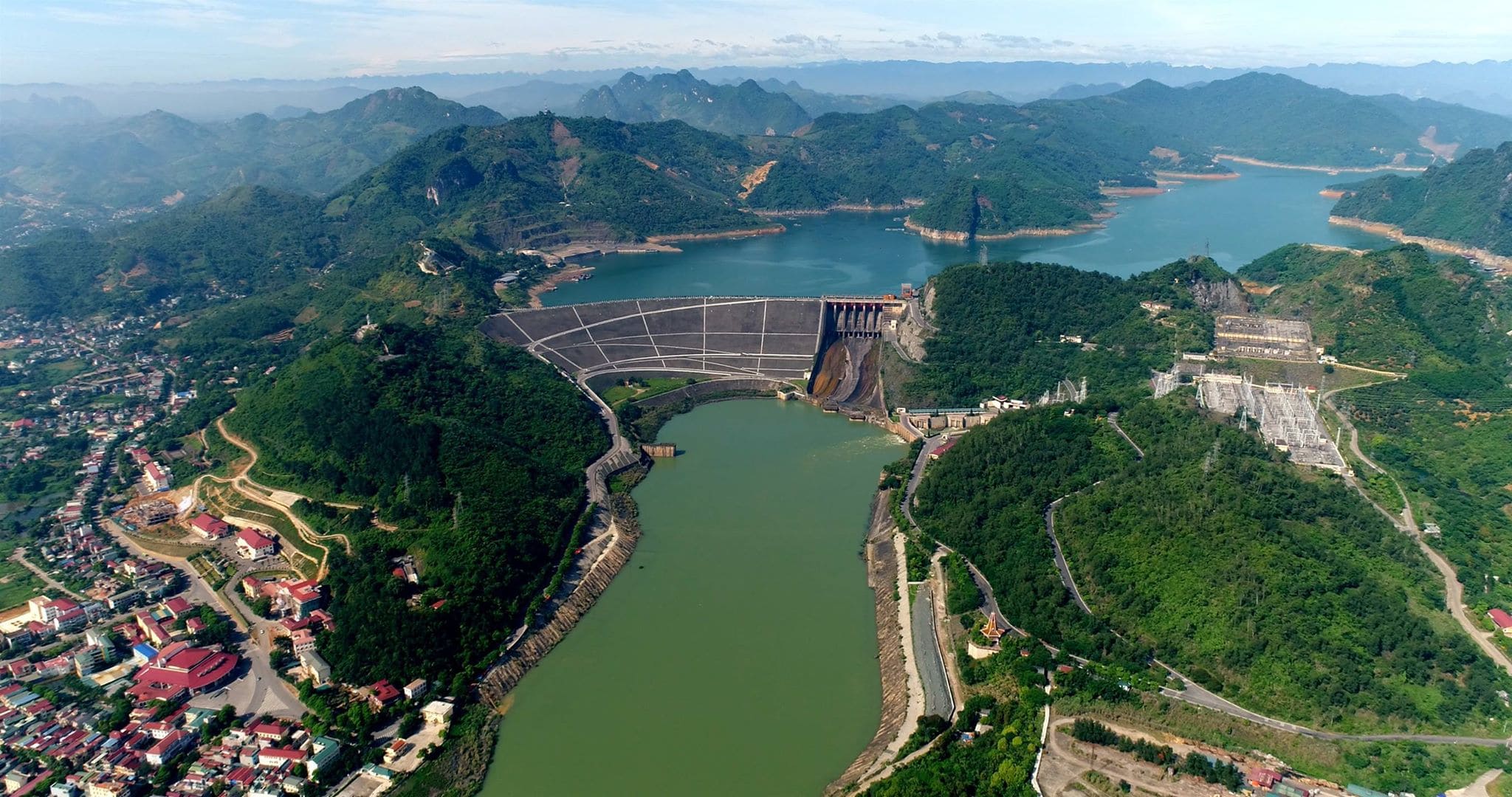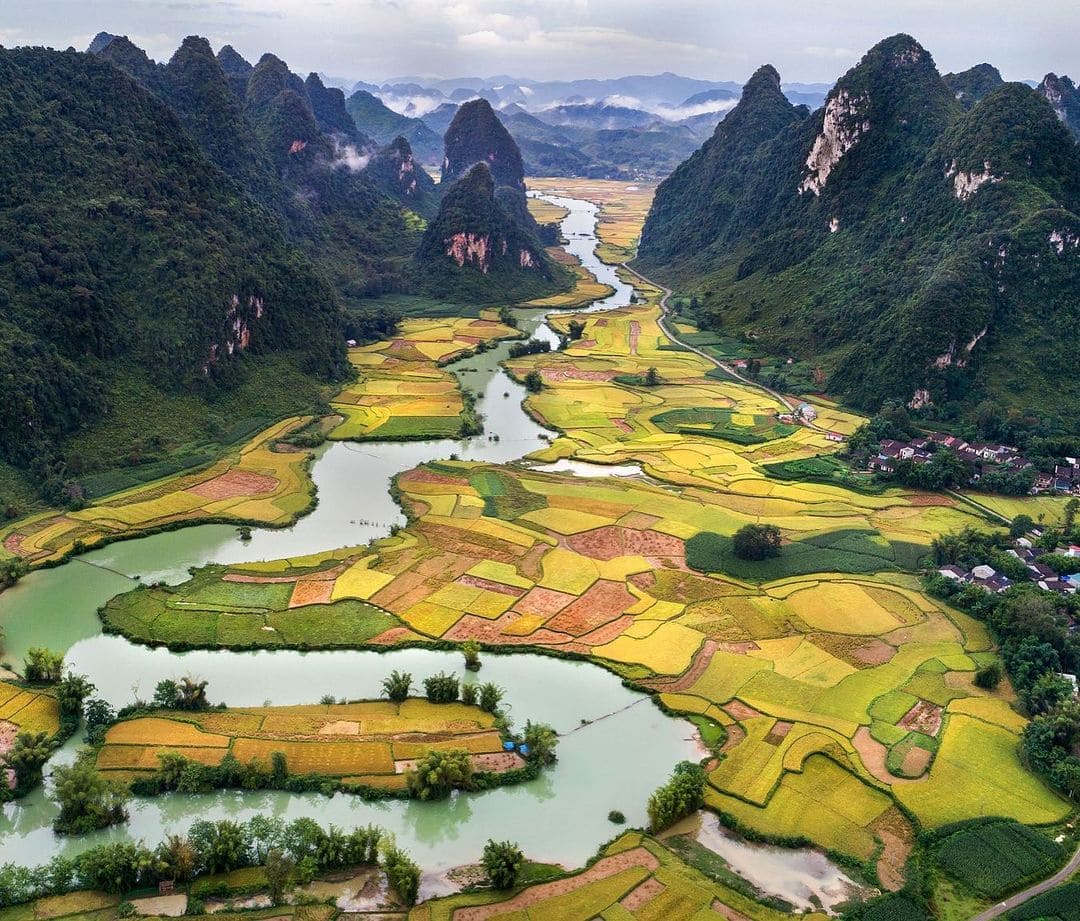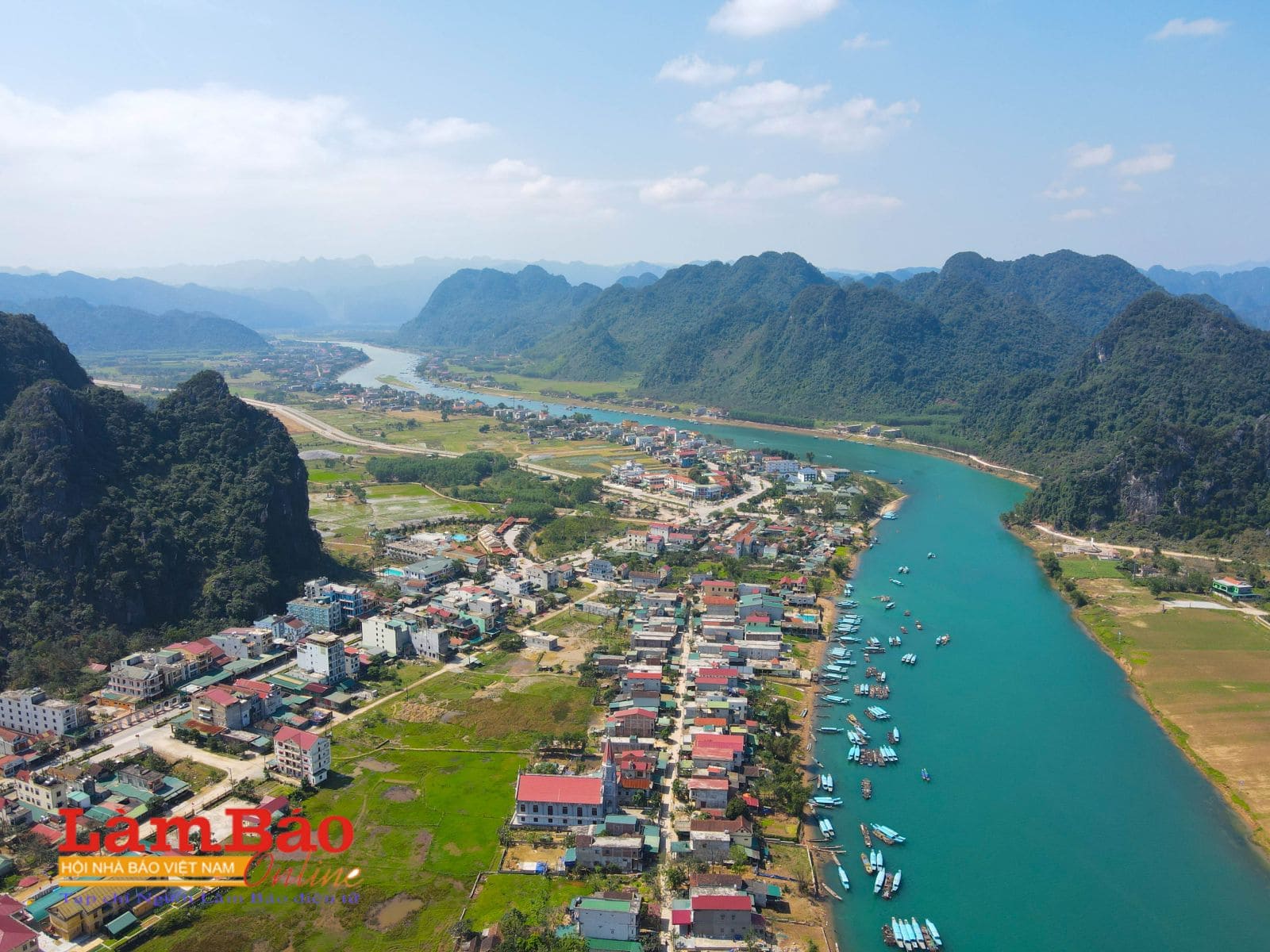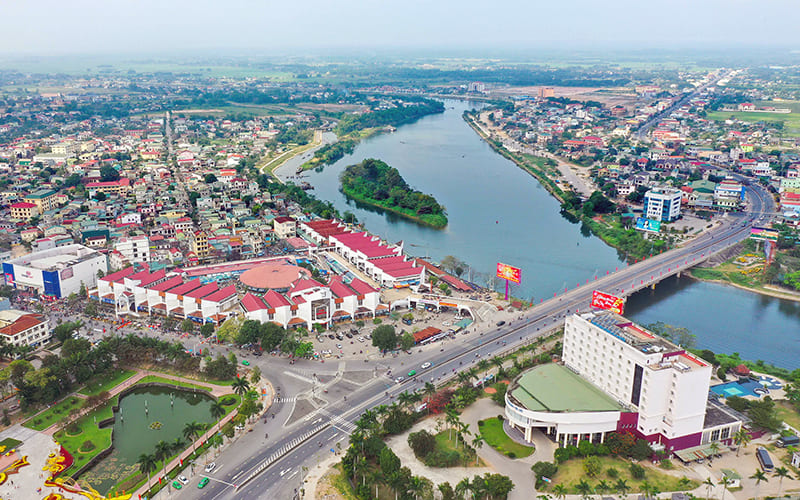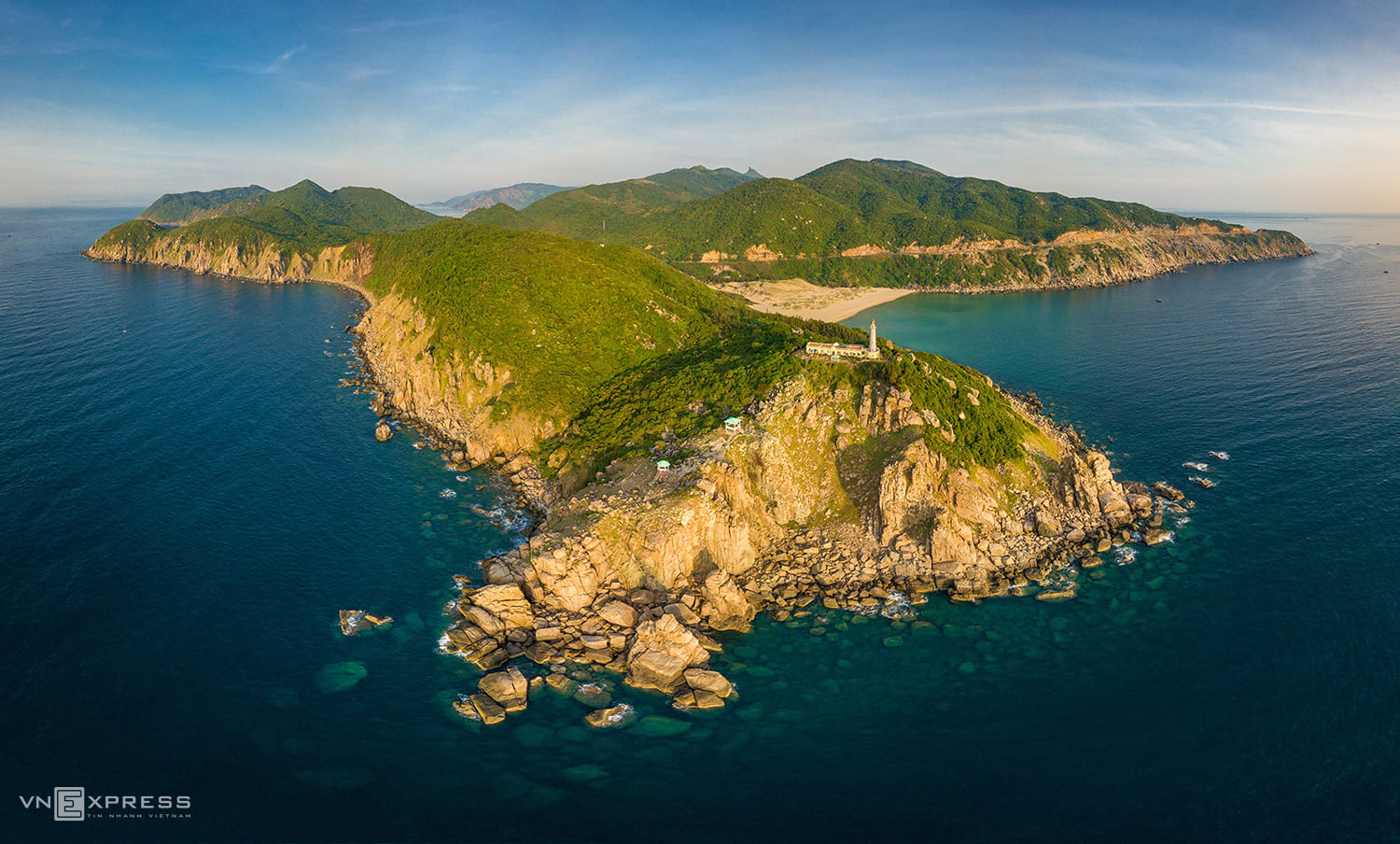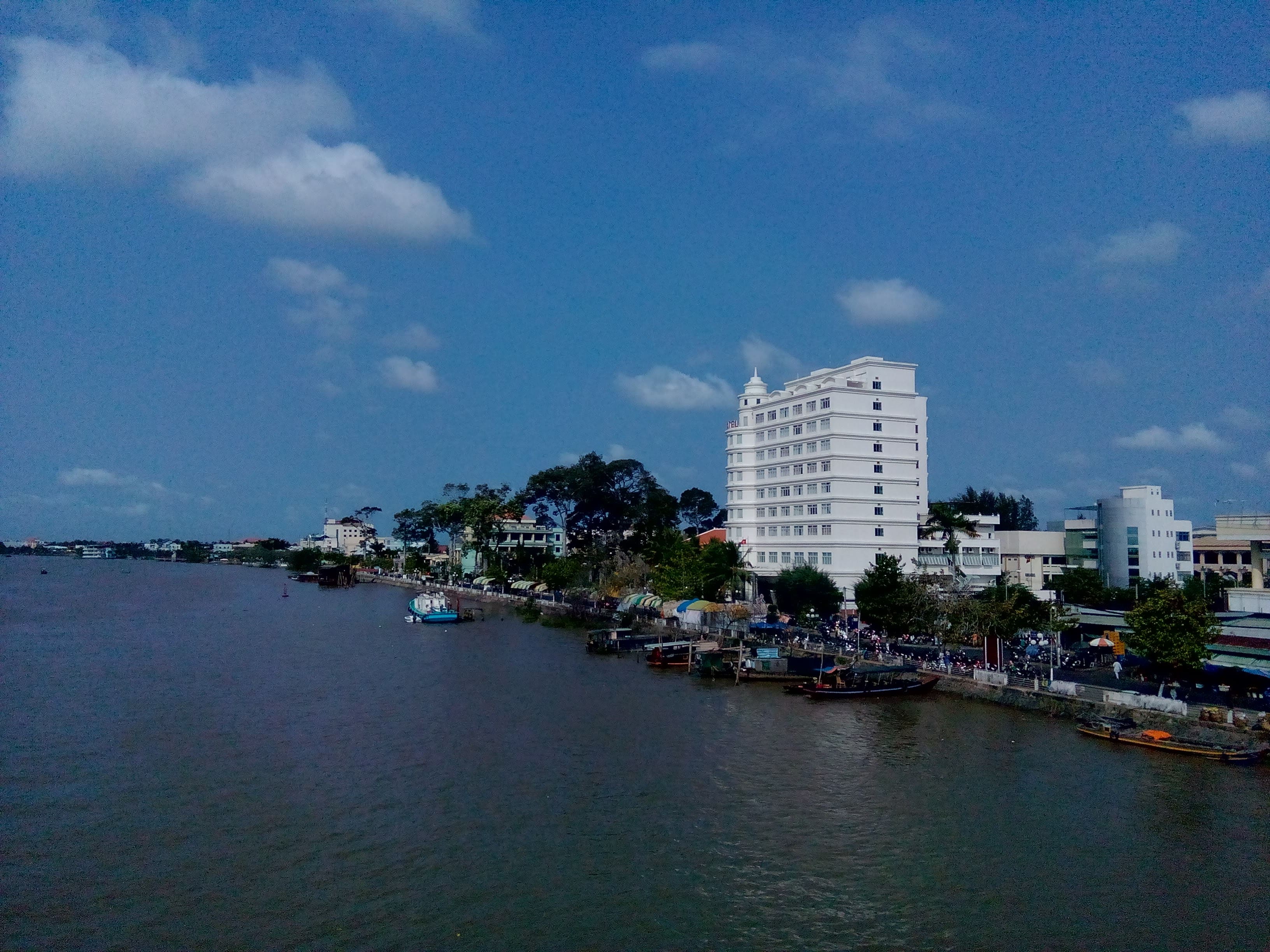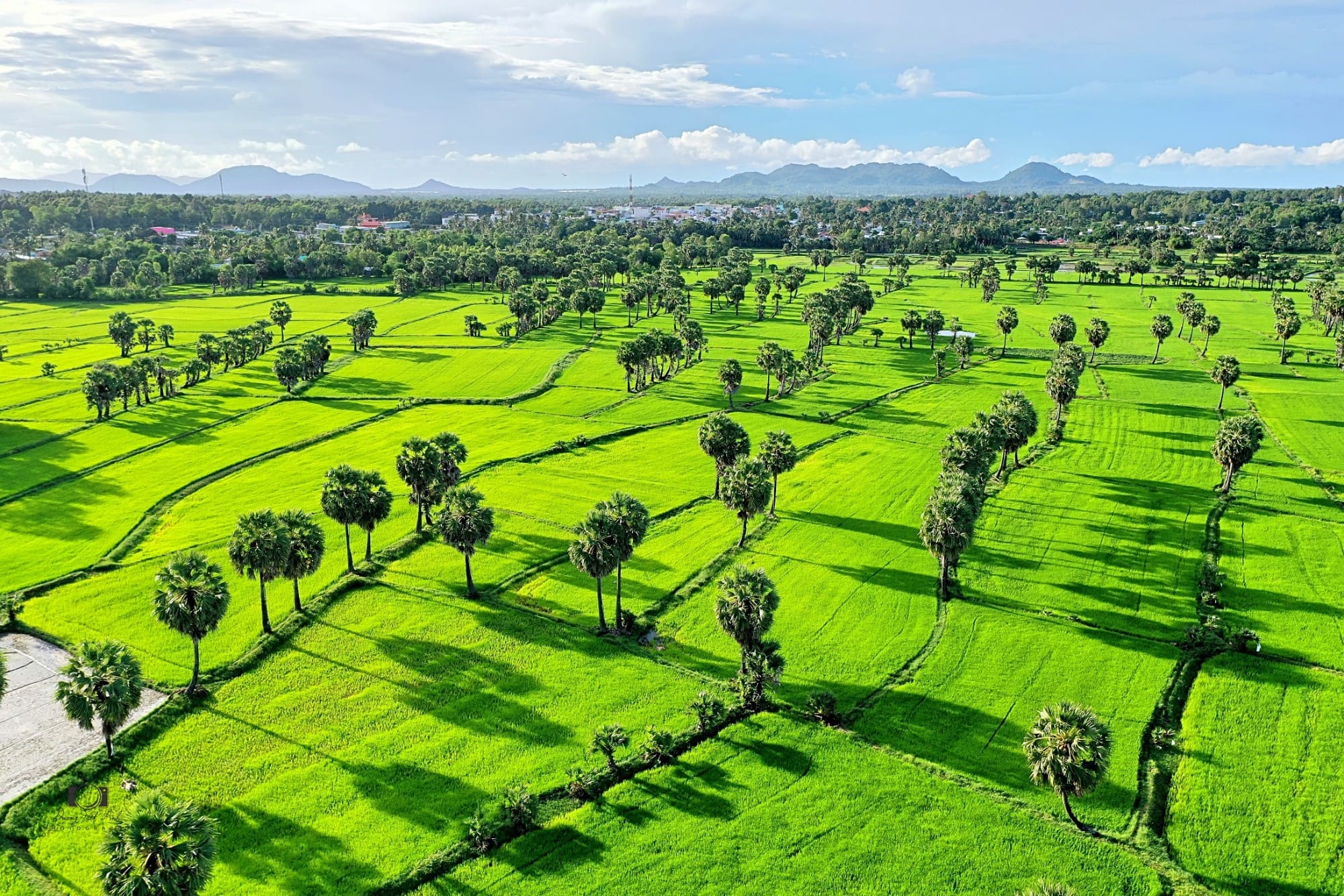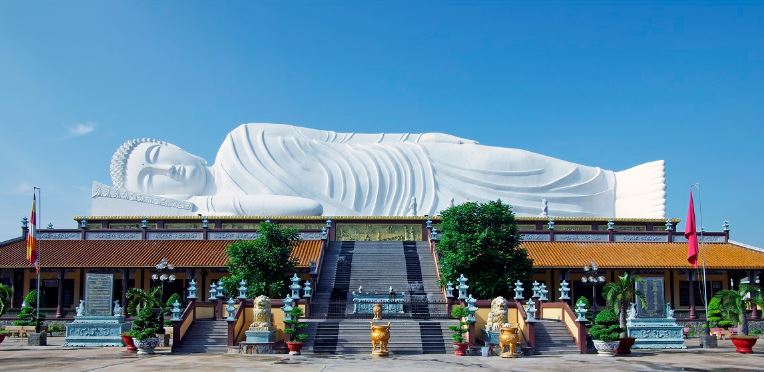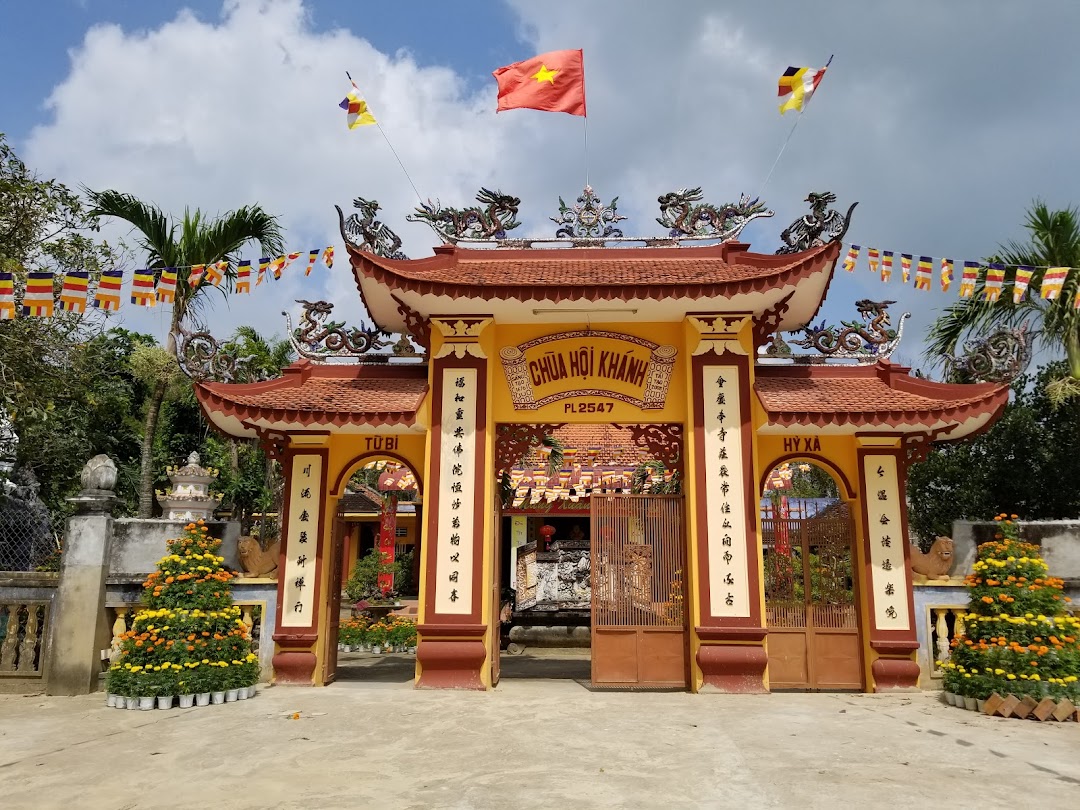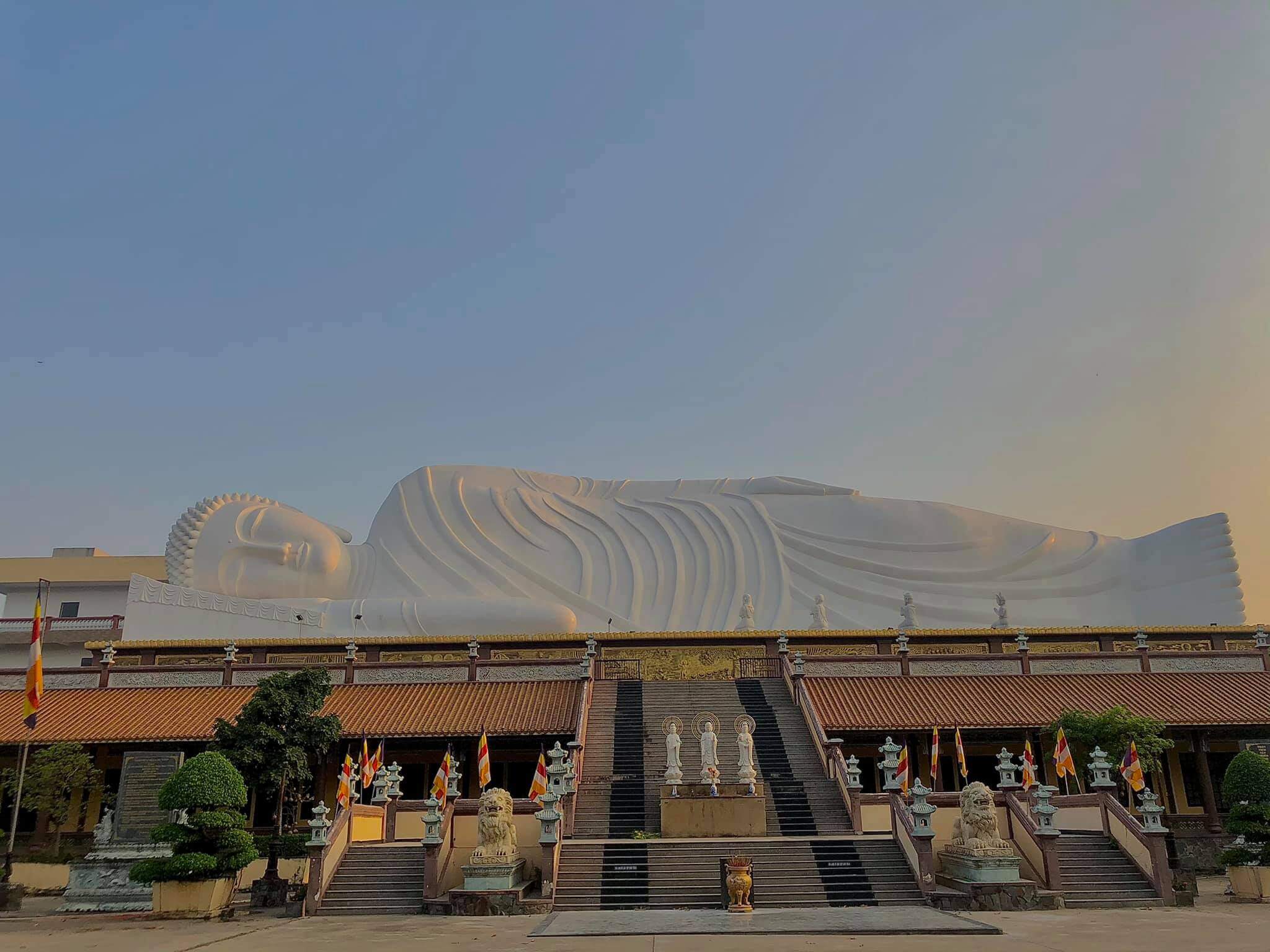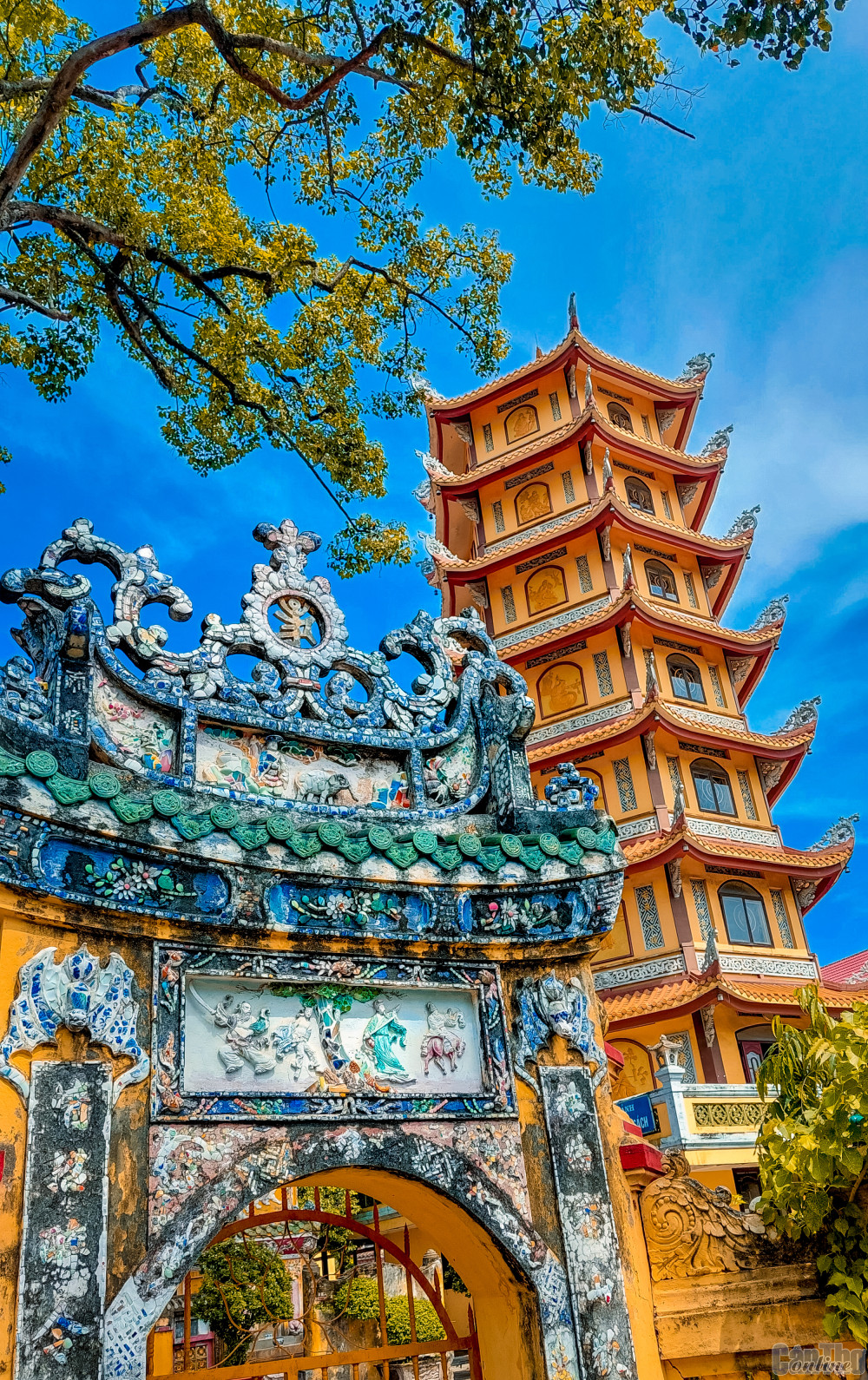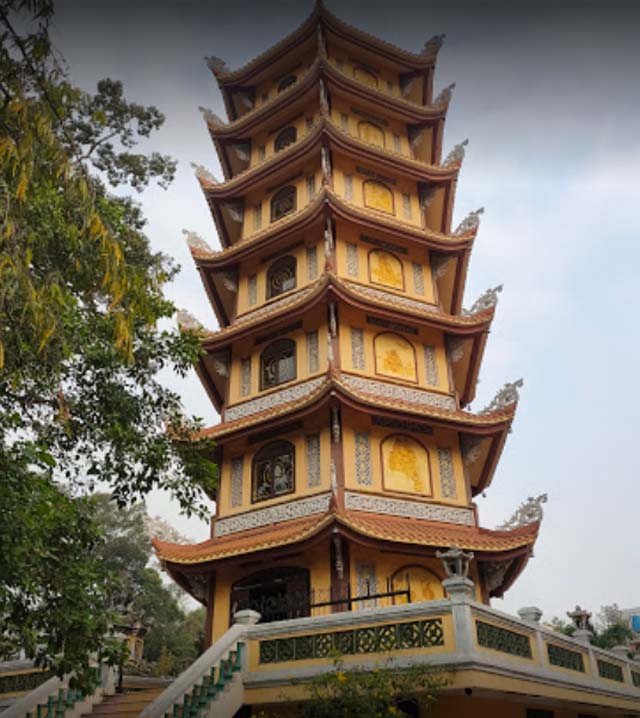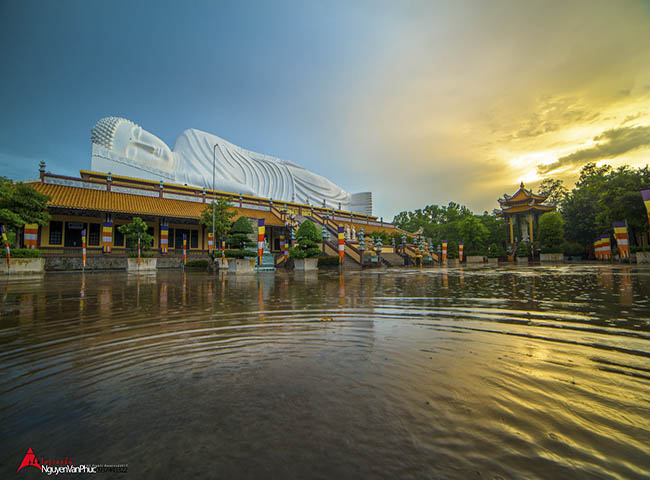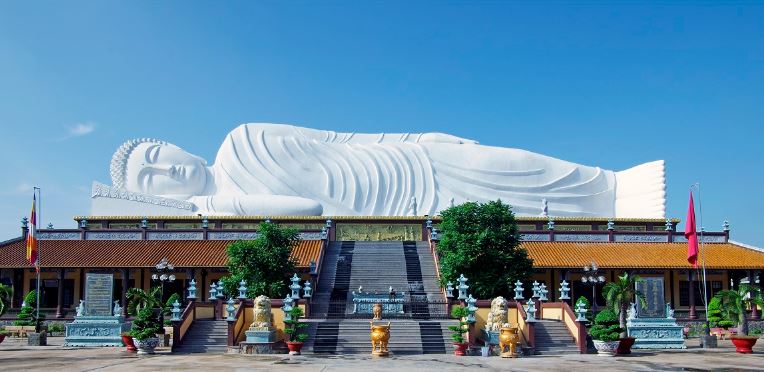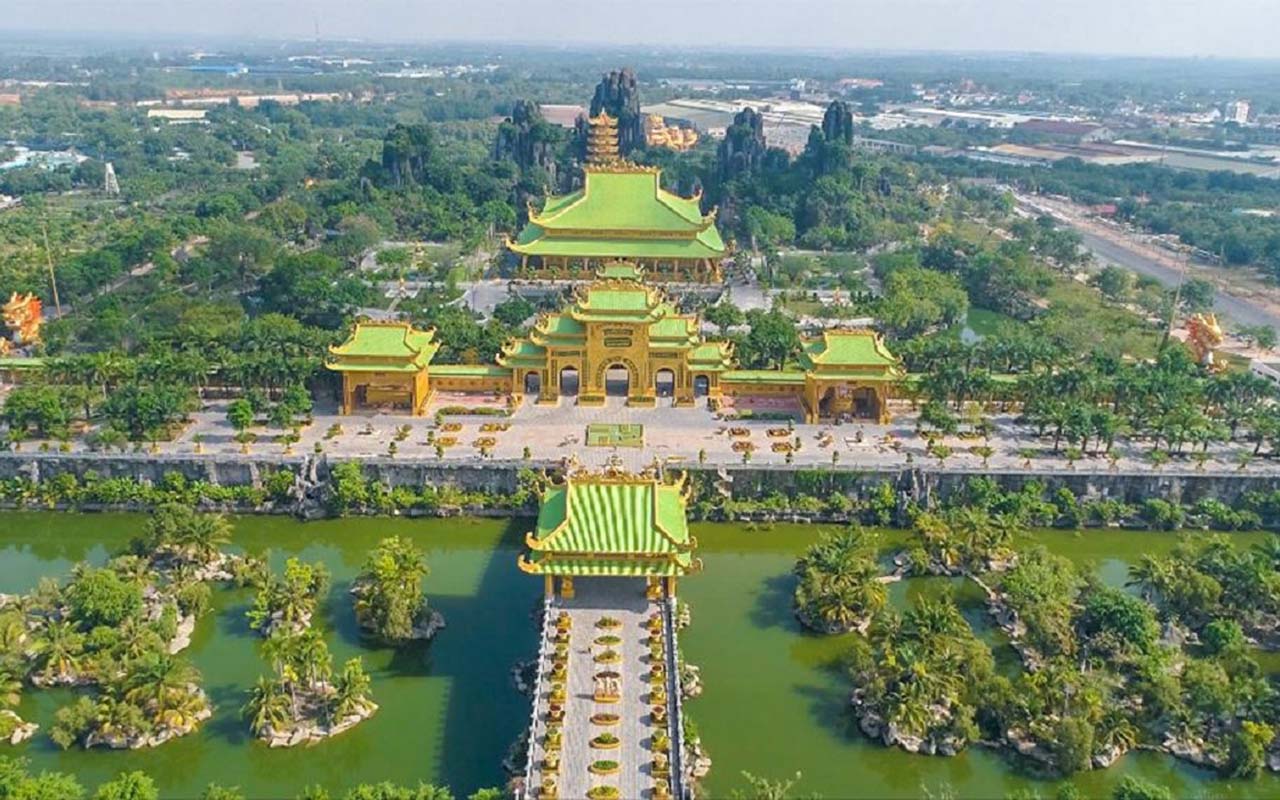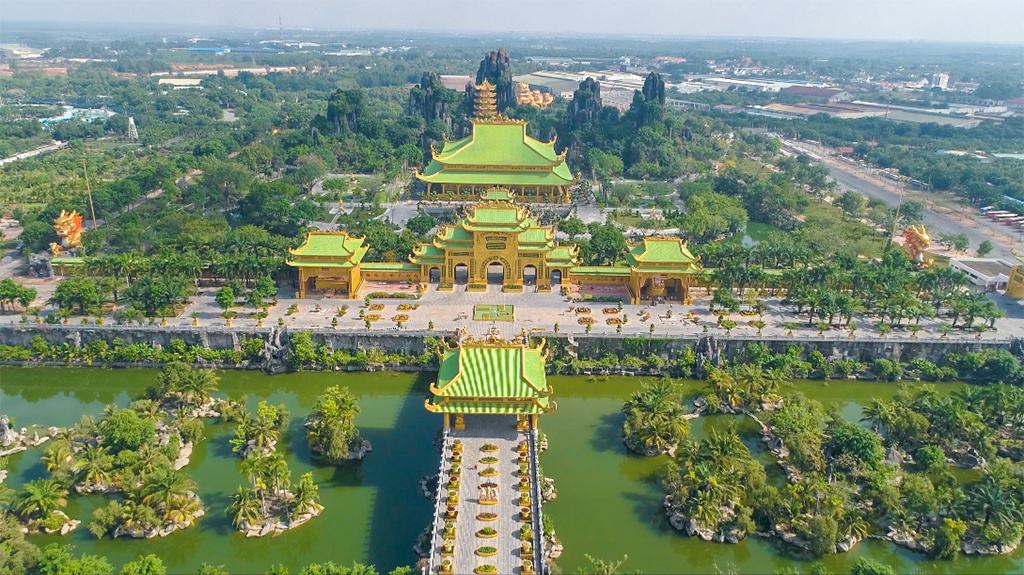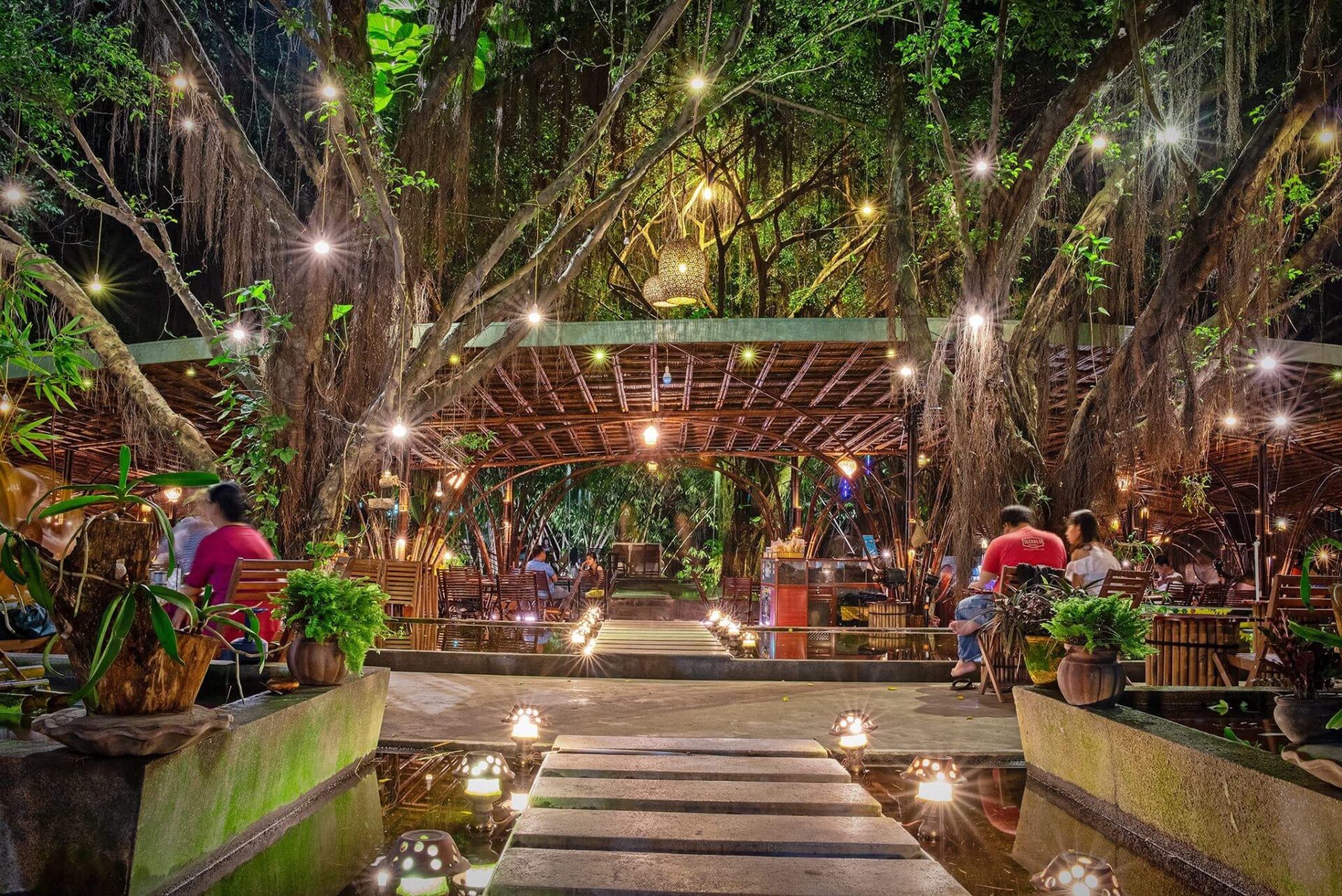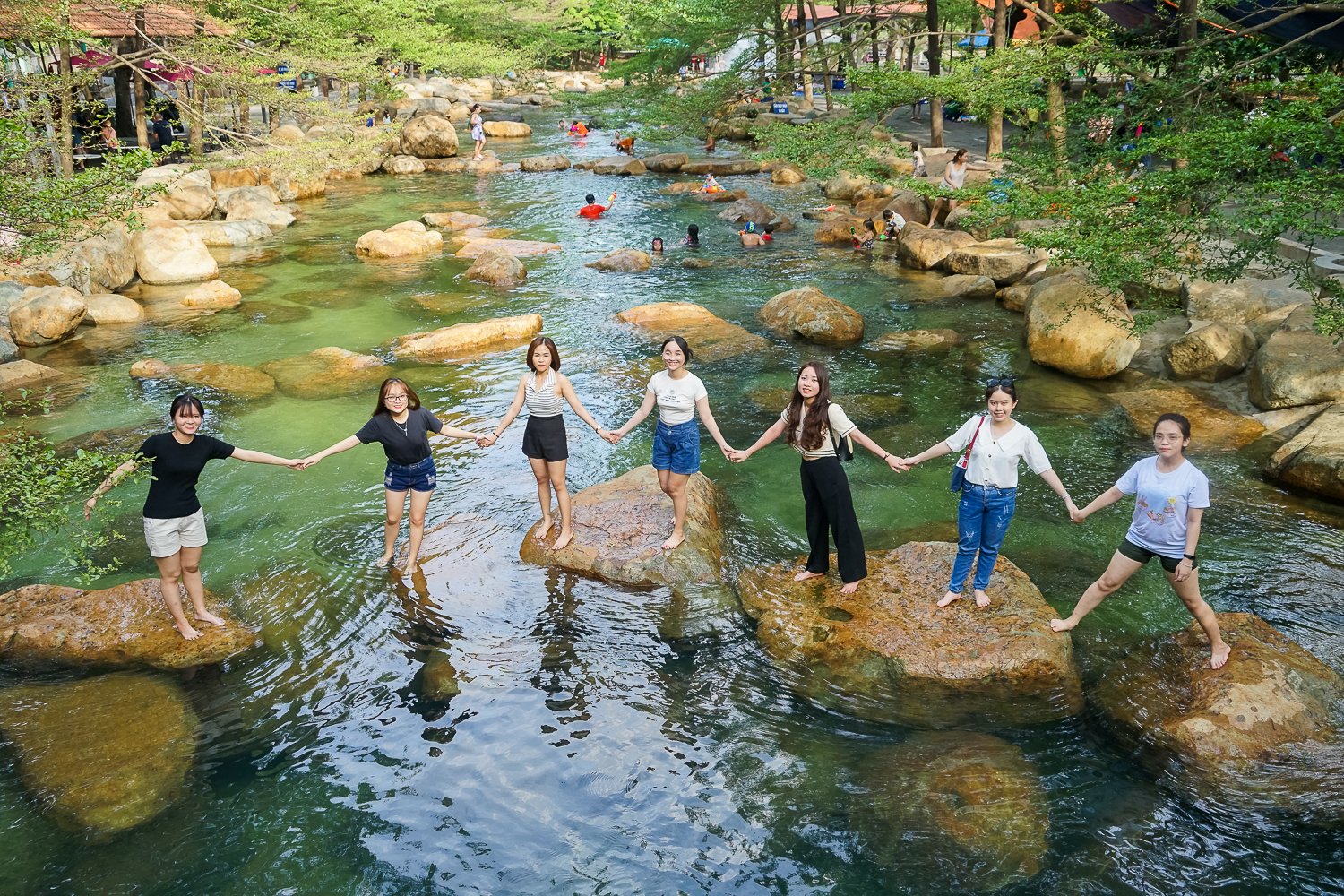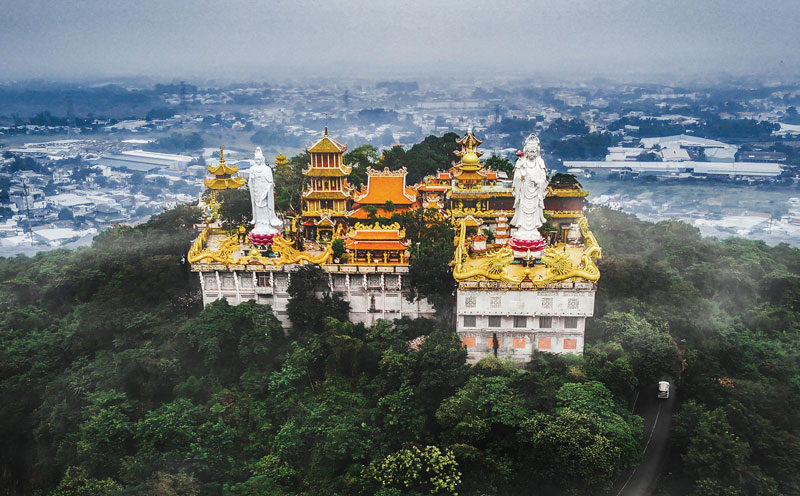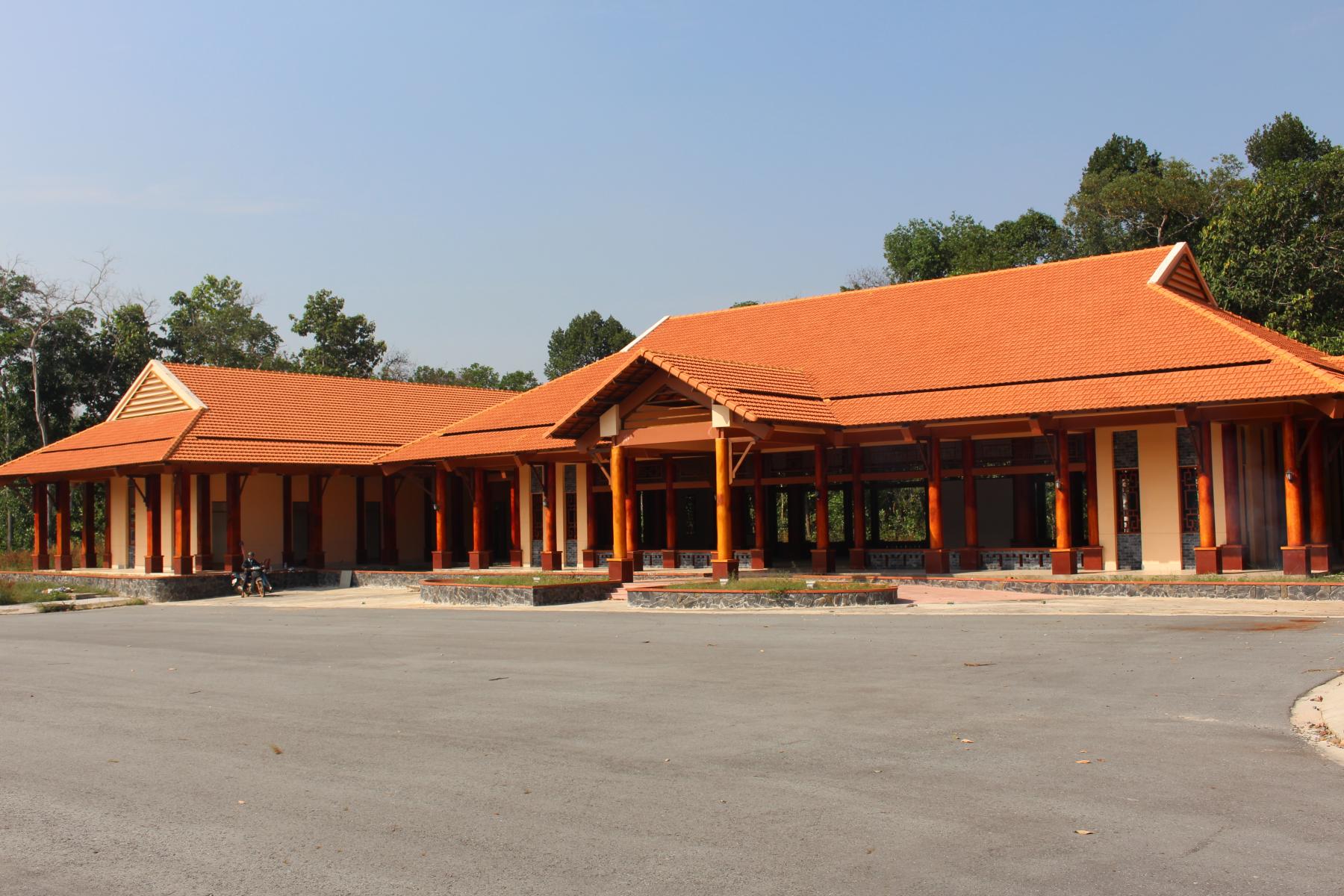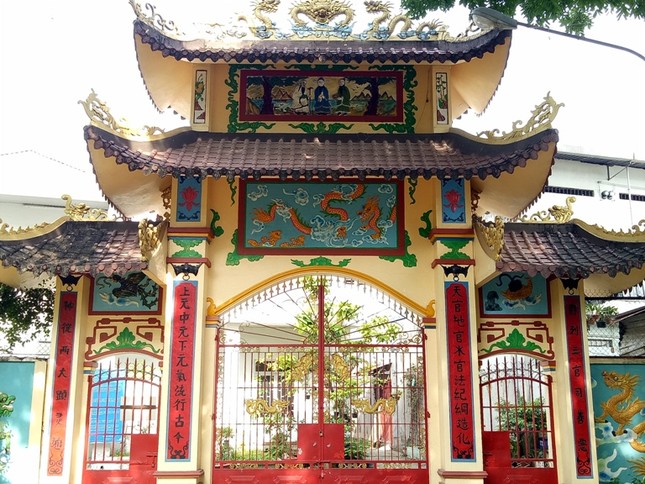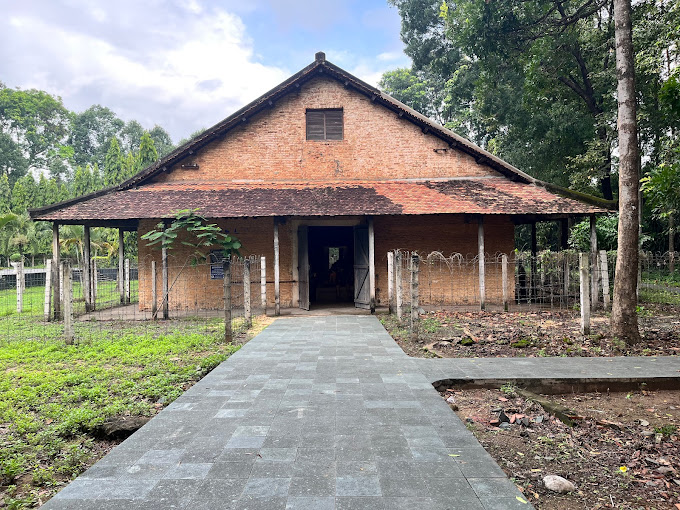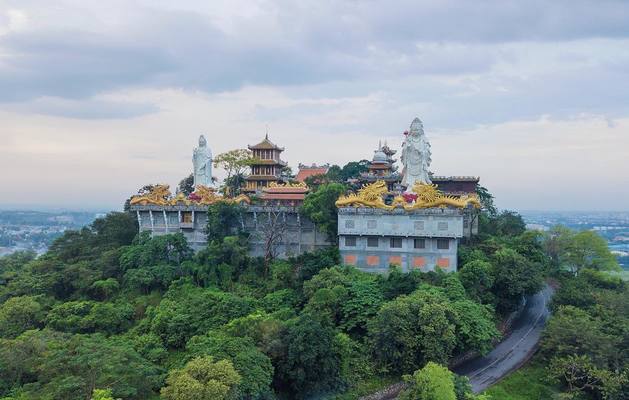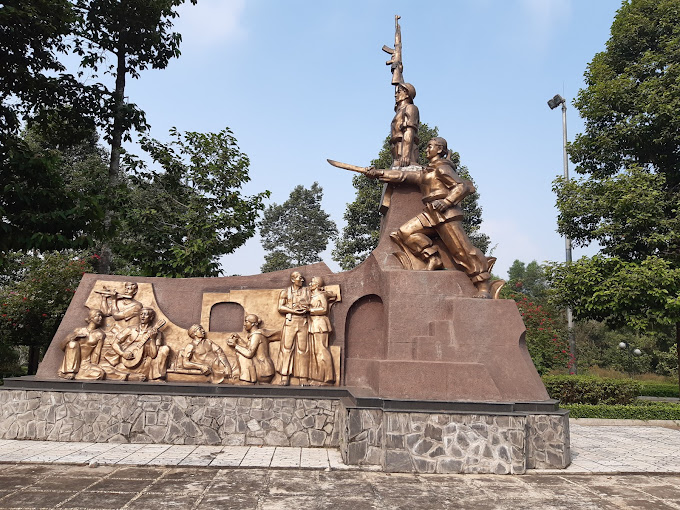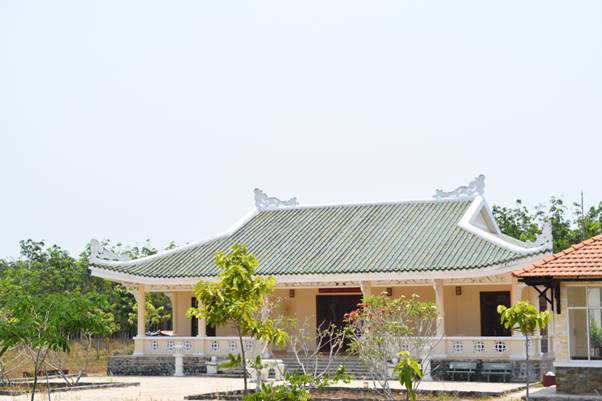Hoi Khanh Pagoda is an ancient Buddhist temple founded by Zen Master Dai Ngan (of the Lam Te lineage) in the 2nd Canh Hung year, Le Hien Tong's reign, or the year of the Rooster (1741) in Thu Dau Mot city, Binh province. Positive. At first the pagoda was built on a high hill, but in 1861 it was destroyed during the war. The pagoda was rebuilt by Master Thich Chanh Dac at the foot of the hill about 100 meters from the old location. The current address of the pagoda is 29 Chua Hoi Khanh Street, Phu Cuong Ward, Thu Dau Mot City, 30 km north of Ho Chi Minh City. The pagoda is located 150 meters from the main road. Behind the Tam Quan gate, there are dragon and phoenix carvings. The pagoda is located on a quiet land with many trees, especially four oil trees that were planted for more than a century not long after the pagoda was rebuilt. The chanting place and the east side of the pagoda were rebuilt in 1917 and the west side was rebuilt in 1984. The main hall was rebuilt in 1990 and 1991. On February 29, 1992, the Buddhist Council of Song Be province consecrated the temple. Restore historical statues in the temple. The area of the main front plus the chanting area and the space on the east and west sides is 700 m². The Buddha statues here were all created by workers in the Thu Dau Mot area in the 19th century. In particular, Hoi Khanh Pagoda in Binh Duong is also associated with the activities of Deputy Nguyen Sinh Sac (father of President Ho Chi Minh). In 1923 - 1926, Mr. Nguyen Sinh Sac together with Mr. Tu Cuc (Phan Dinh Vien) and Venerable Tu Van founded the Honor Society here. In May 2013, the Asian Records Organization officially established the Reclining Buddha statue at the pagoda as "The longest Buddha statue entering Nirvana on the roof of a pagoda in Asia". Although restored and expanded many times, this is basically a rare temple that still retains most of its original architecture. The highlight of this ancient pagoda is its rich value in terms of cultural history, architectural art, especially the majority of relics and antiques that have been preserved for hundreds of years until now. Hoi Khanh is also considered a temple that represents the common characteristics of ancient temples in Binh Duong. The main hall and lecture hall are arranged in a "face-down" style, connected together in a "snail-shaped" manner, a common architectural form for communal houses and pagodas in Dang Trong at that time. In the temple grounds, there are 4 structures named after 4 holy relics associated with the Buddha, including Lumbini garden (where the Buddha was born); Bodh Gaya (where the Buddha attained enlightenment), Deer Park (where the Buddha preached the Dharma Wheel Sutra) and Kushinagar (where the Buddha entered nirvana). Around the temple yard are 9 towers of 9 deceased abbots, elaborately built. On the left side of the pagoda there is also a 7-storey tower, recently restored. The lower floor of the tower is where the pagoda's cultural products are displayed, such as tapes and discs, commemorative Buddha statues, bells... The architectural interior, paintings, statues, and worship objects in Hoi Khanh Pagoda are all very sophisticatedly sculpted and engraved, with themes such as four sacred animals, nine dragons, grape vines, leaves, and flowers. In addition, a 22m high Buddha pedestal was built in the land in front of the Pagoda. The ground floor is a row of houses 64m long, 23m wide used as a Buddhist school, library... The upper floor is decorated with a statue of Master Shakyamuni entering Nirvana, 12m high, 52m long. In particular, there are two reliefs carved with images of 18 Arhats and Bodhisattvas, creating a beautiful sculpture with high artistic value typical of the ancient Binh Duong wood carving style. As for the tureen, poetry is still preserved in abundance, with value that is hard to match in any temple. Many people refer to the couplet of the deputy director Nguyen Sinh Sac still kept at Hoi Khanh Pagoda, with the concise meaning of Zen: "The great path is open to the senses, the body and the moon. Cultivating the Zen subject, taking refuge in the wind-headed lizard's hair" (Temporary translation: Expanding the path is as big as a rabbit's horn, like finding the moon at the bottom of water. Nurturing the temple roof is like turtle fur like a wind pillar at the top of a tree). As for interior decoration art, worship statues are sculpted and carved very elaborately and sharply... especially the set of "eighteen Arhats" (created in 1921), the talisman. The "four times" sculpture covers the two columns in front of the main hall; The elaborately carved altars were completed in the year of At Suu (1925). The pagoda still retains a set of woodblocks printed on sutras from over 120 years ago. The pagoda's great bell was cast in the year of the Goat (1883) and was donated by Buddhist monk Duong Van Lua. This shows that Buddhism developed quite early and was quite strong in this locality.
Binh Duong 1907 view From January to December
Ngày cập nhật : 29/03/2023


 vn
vn en
en ja
ja ko
ko zh
zh


















